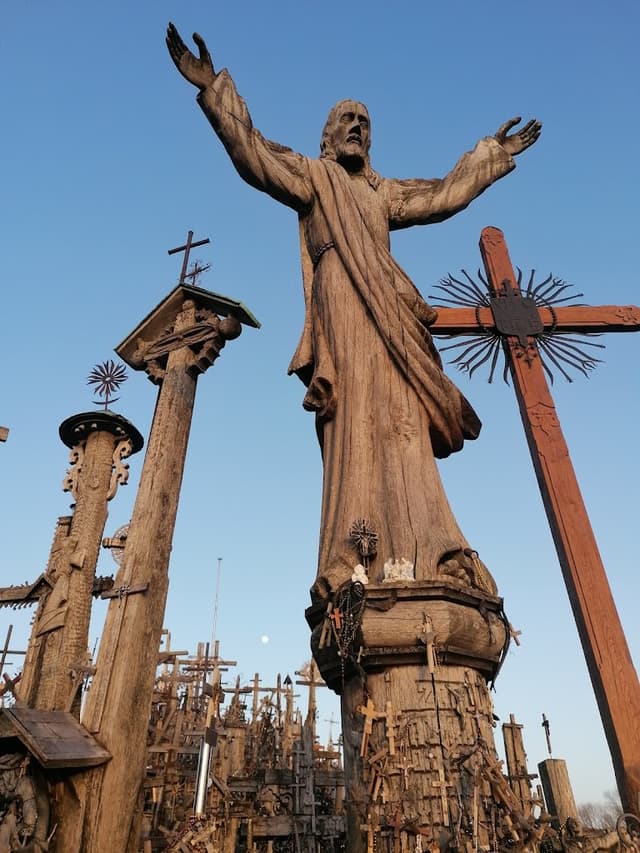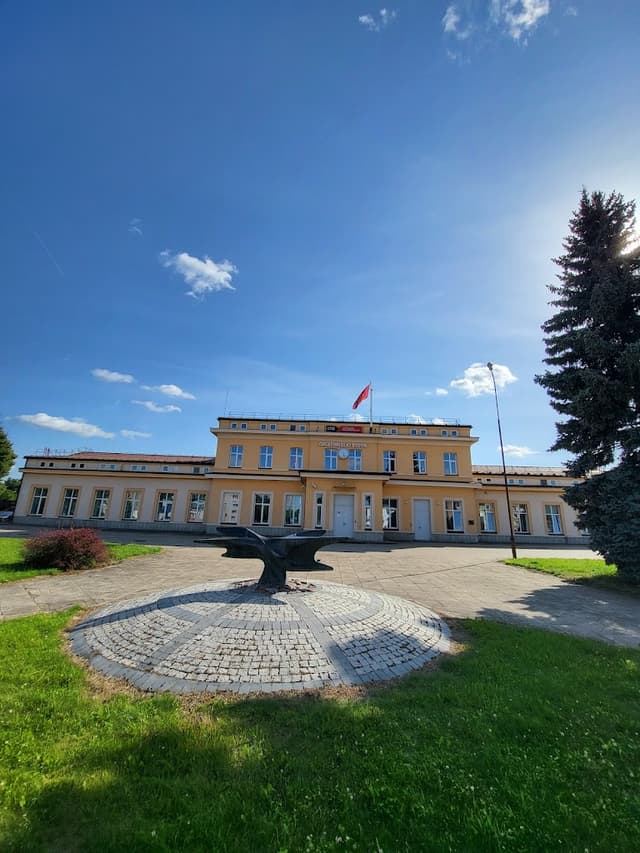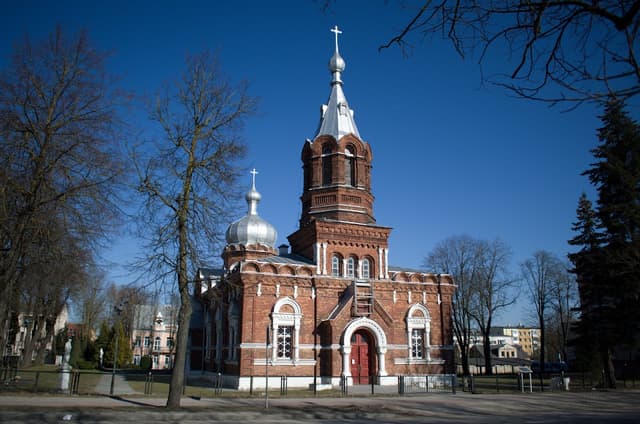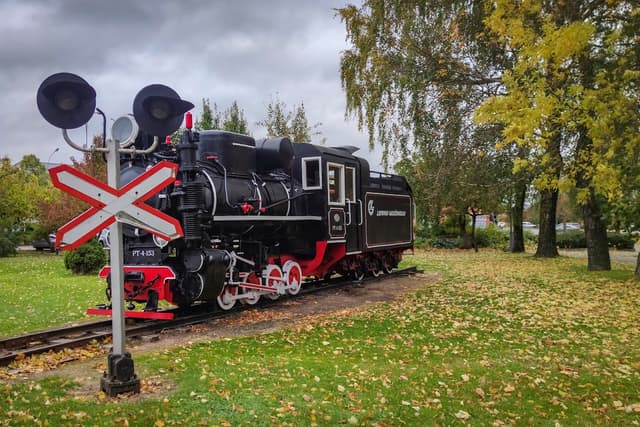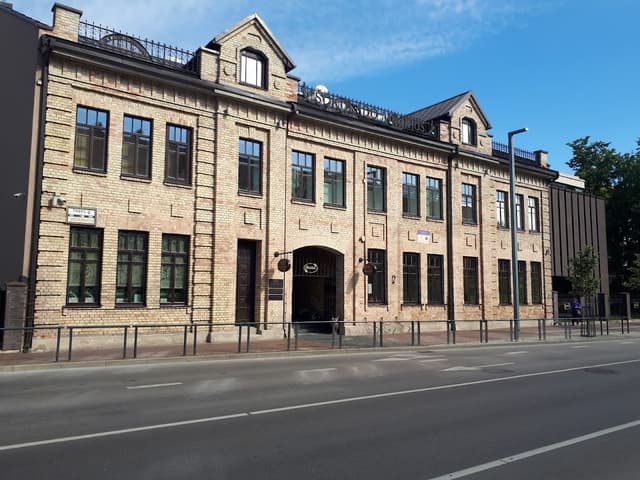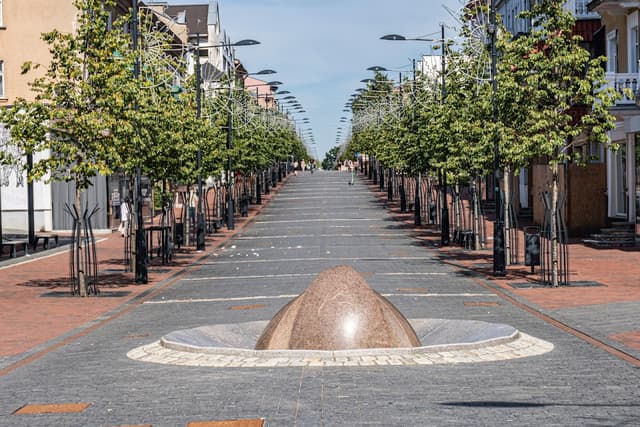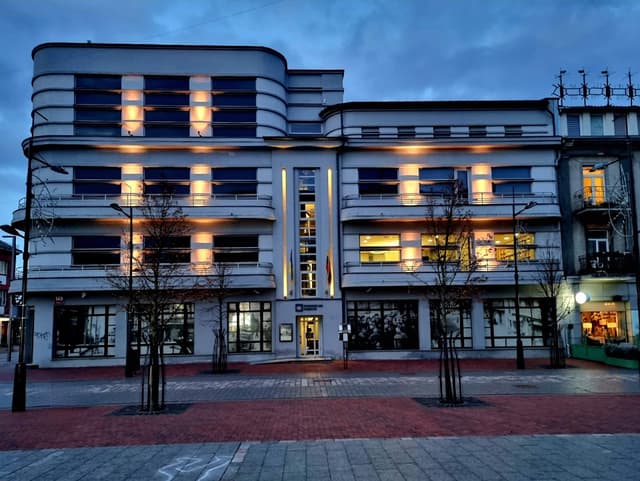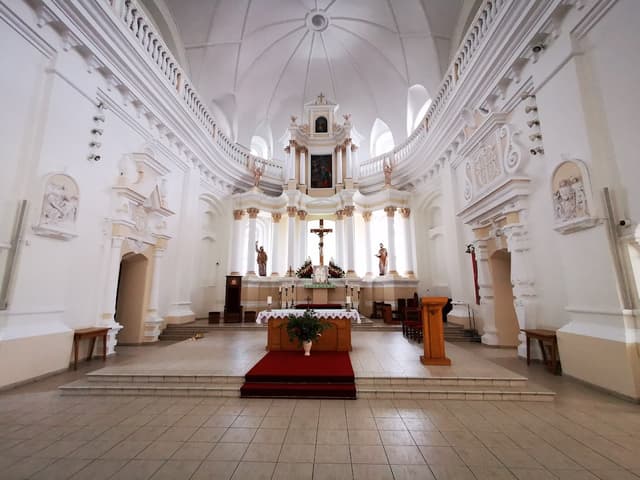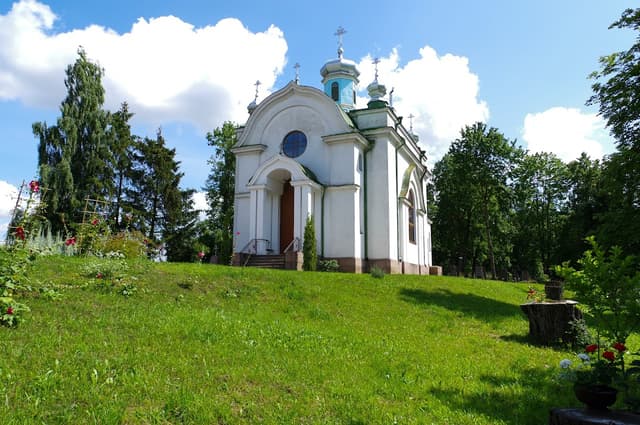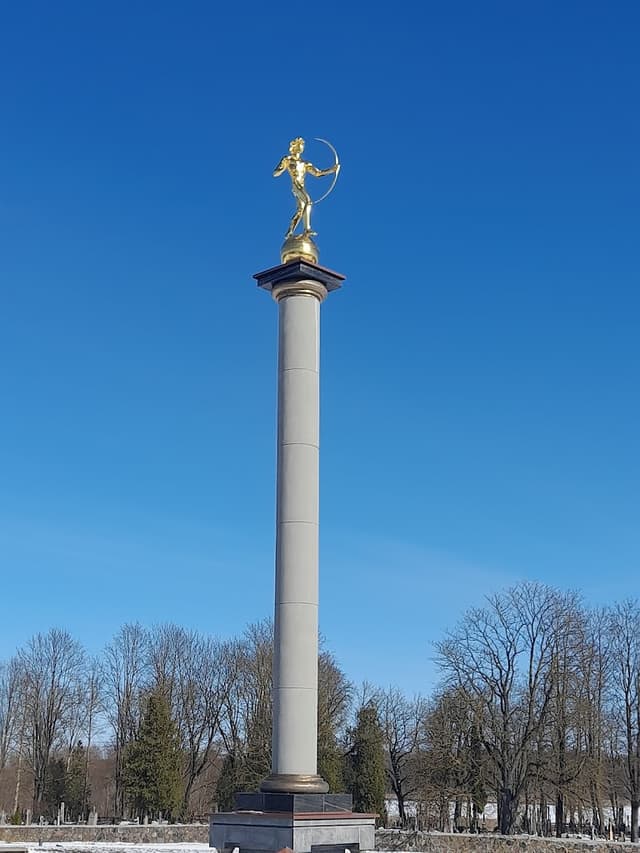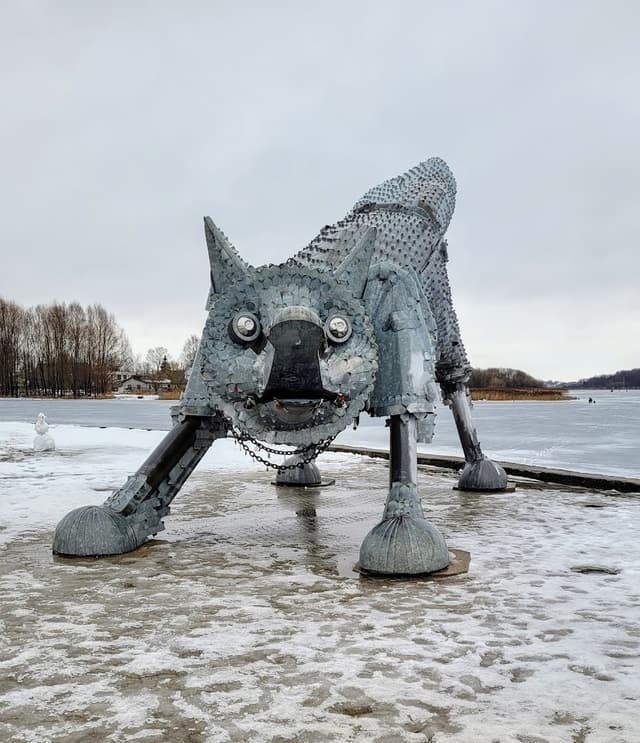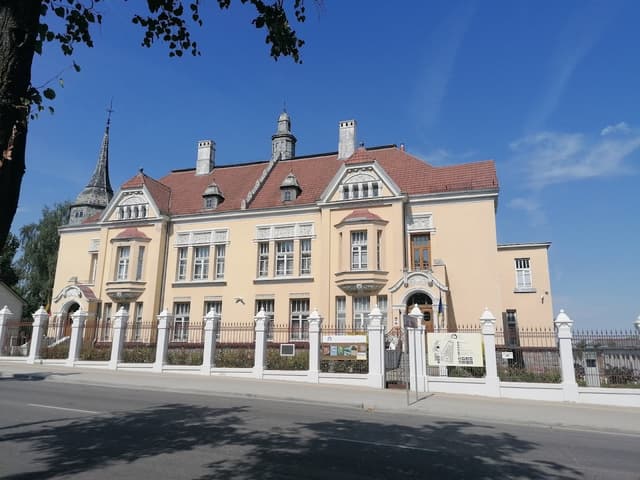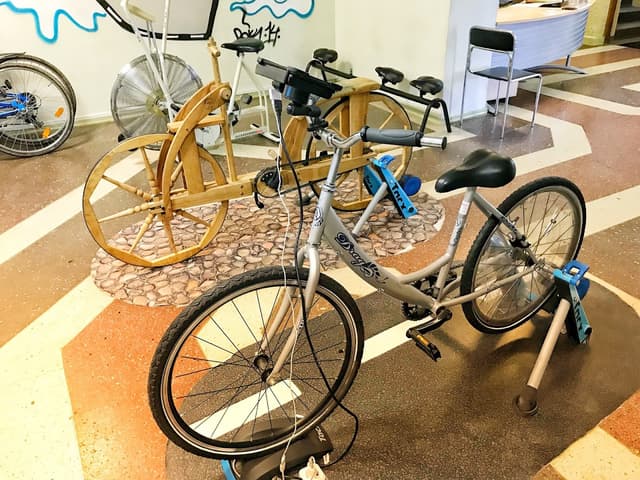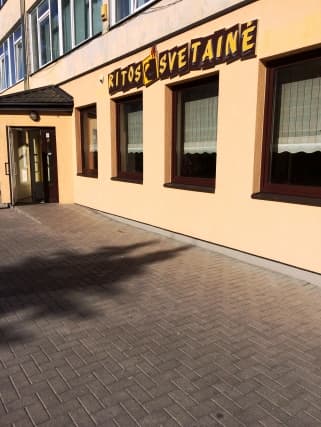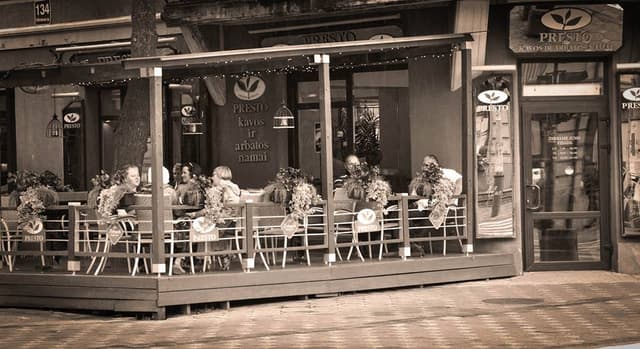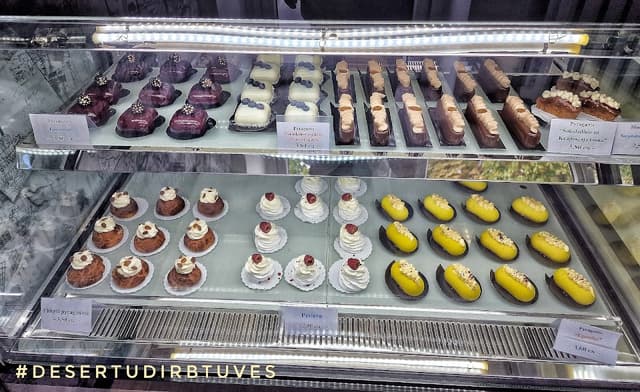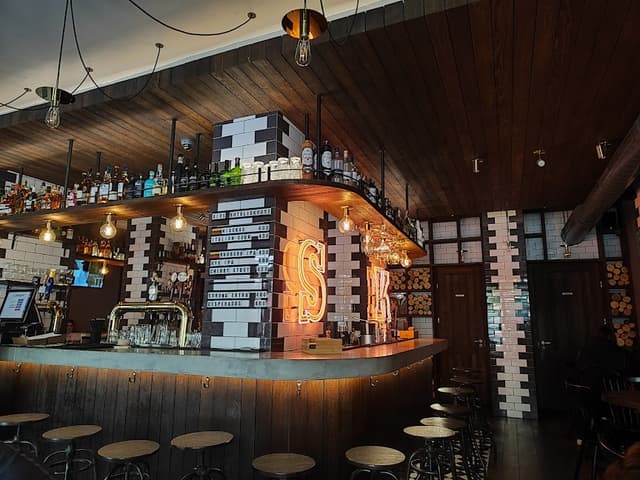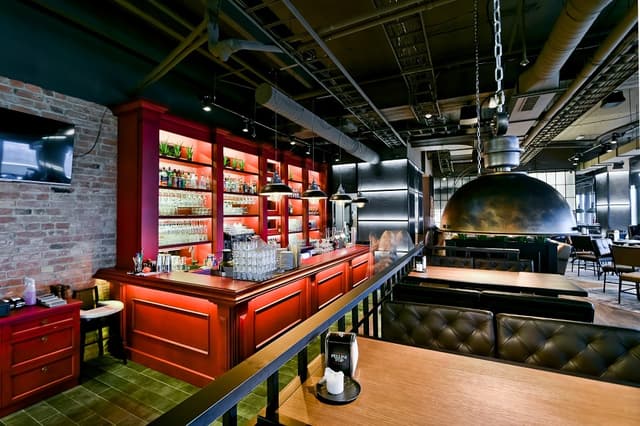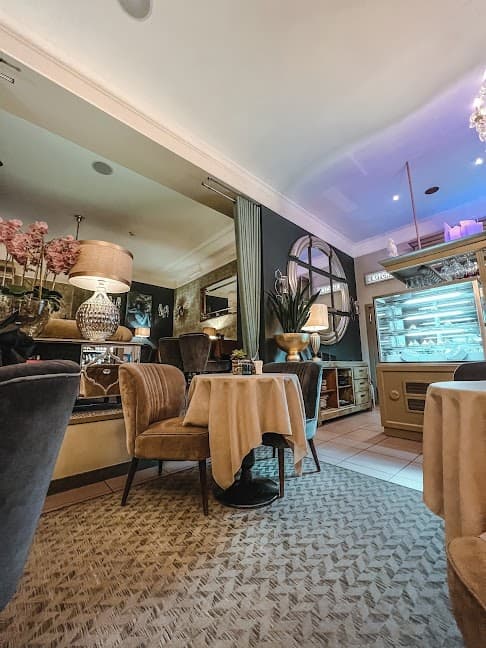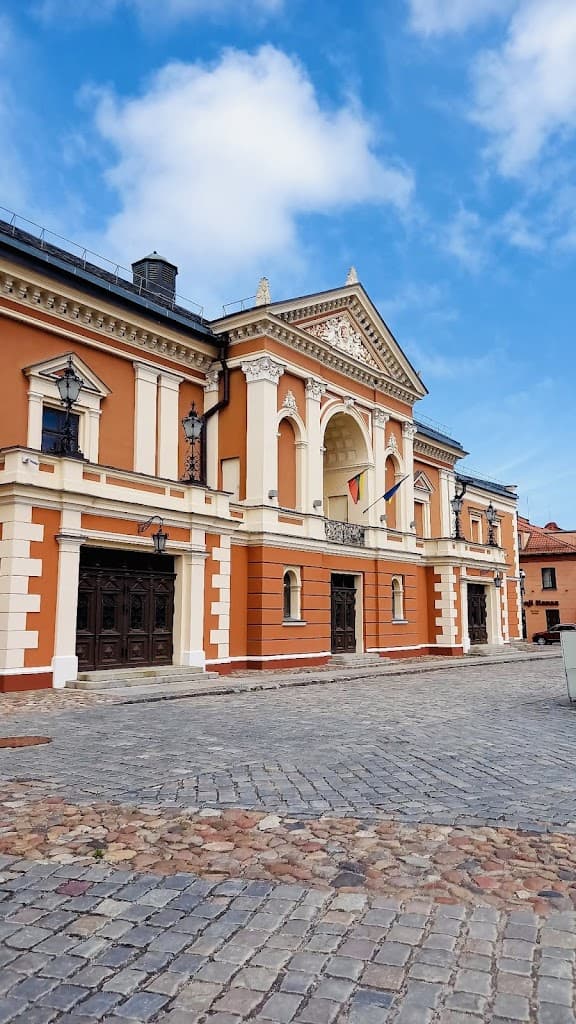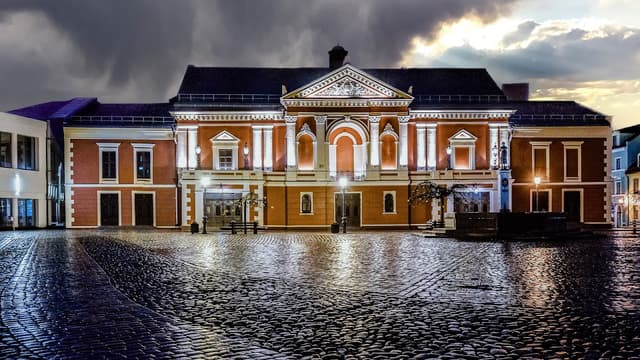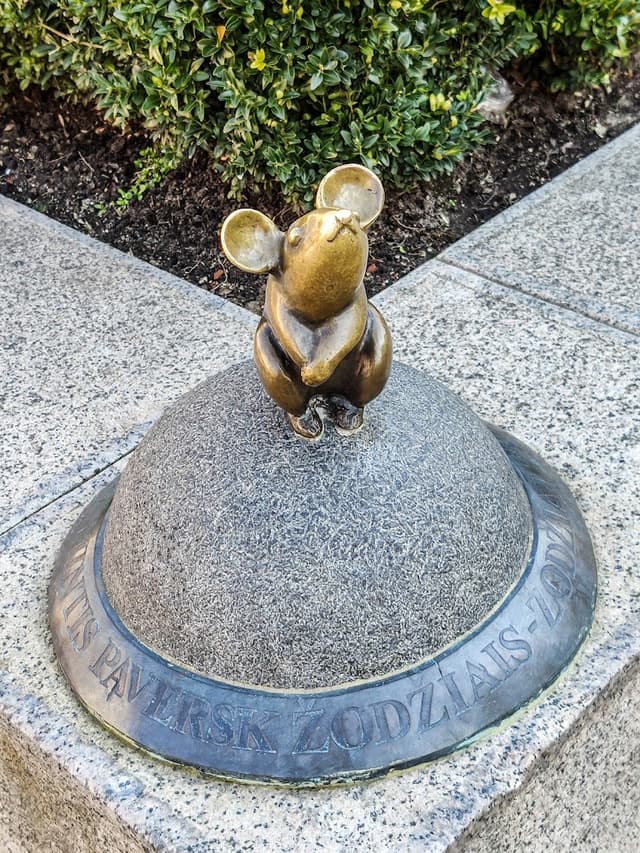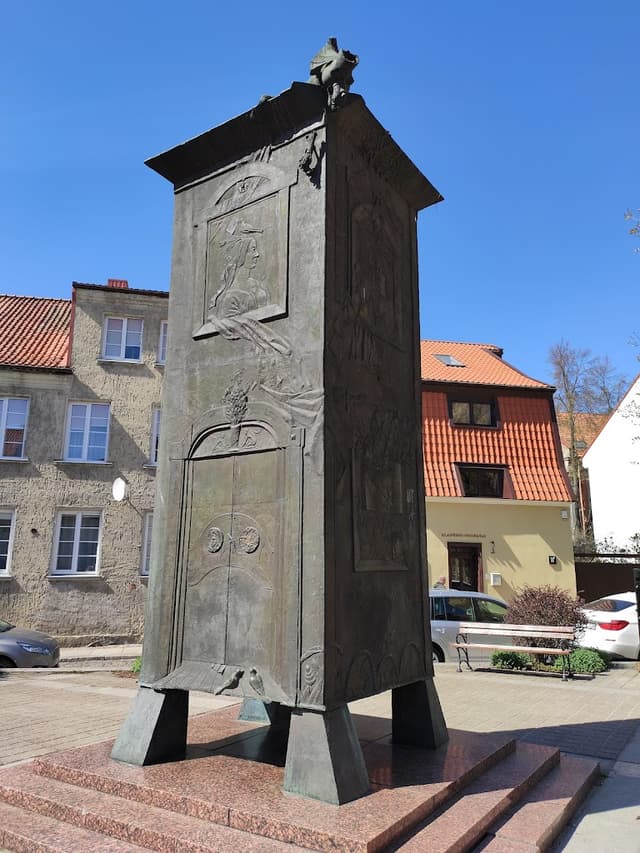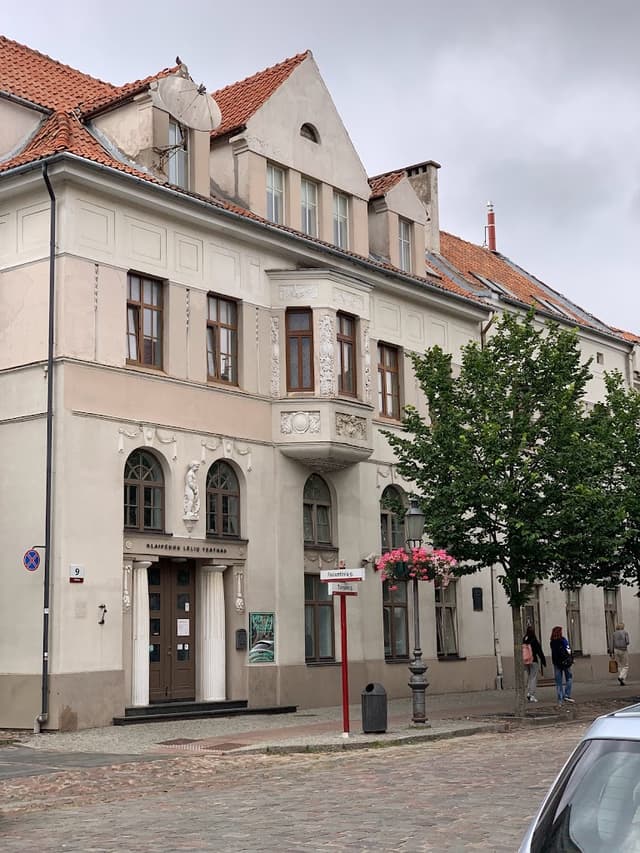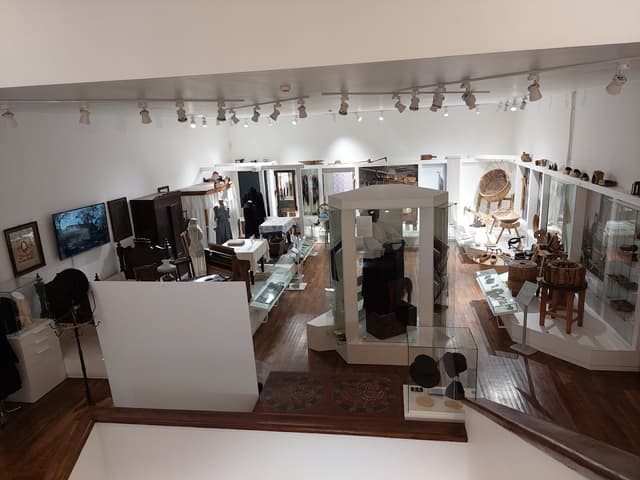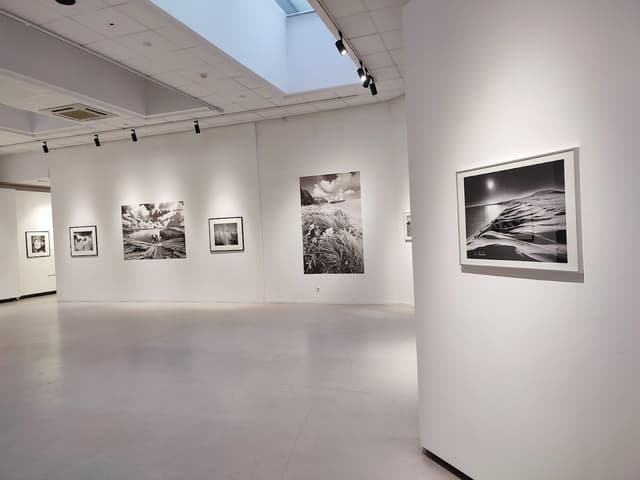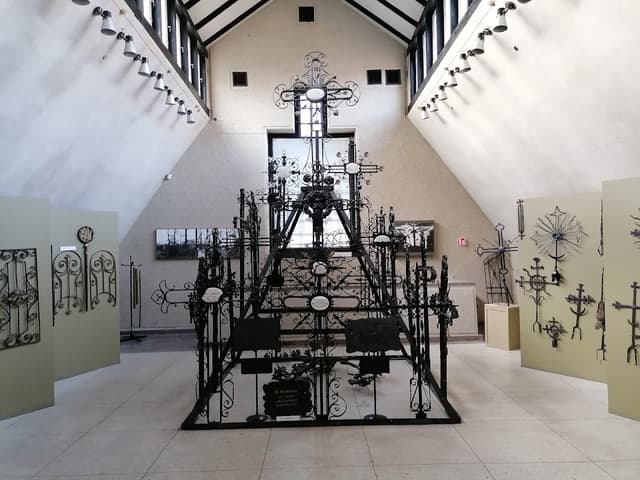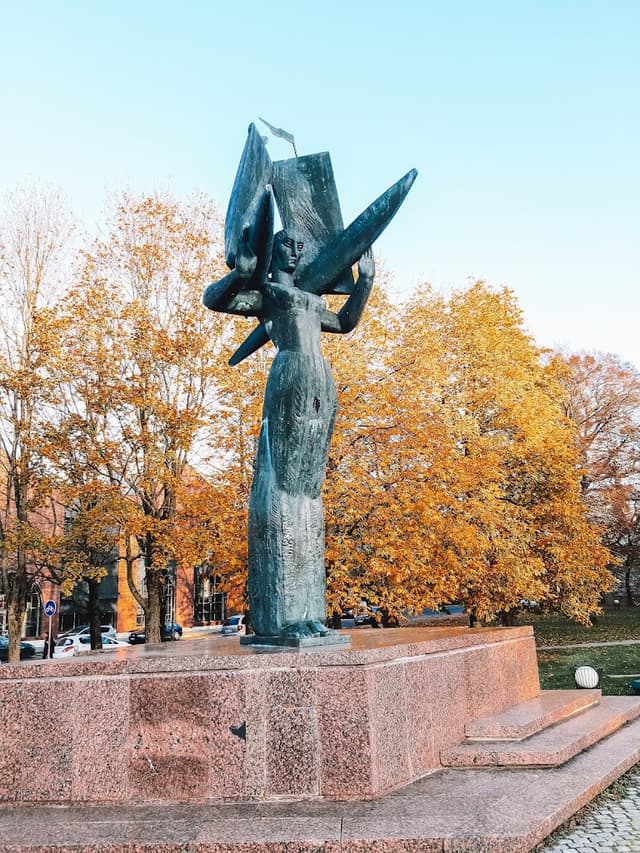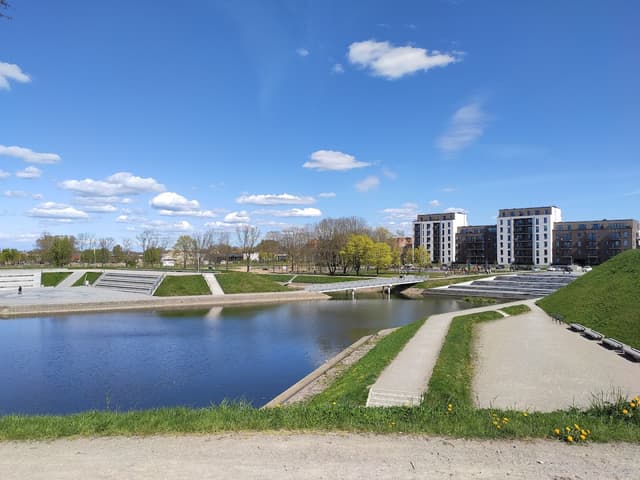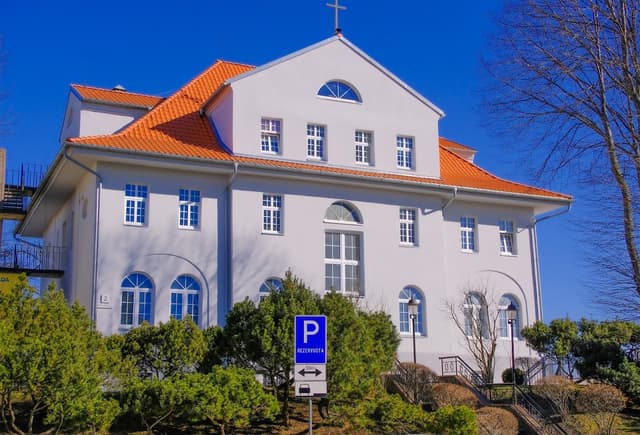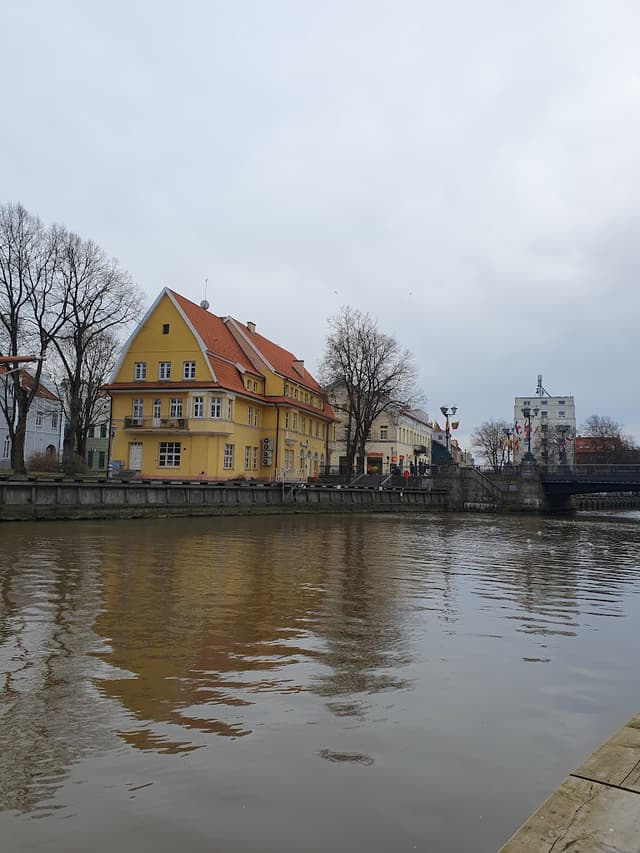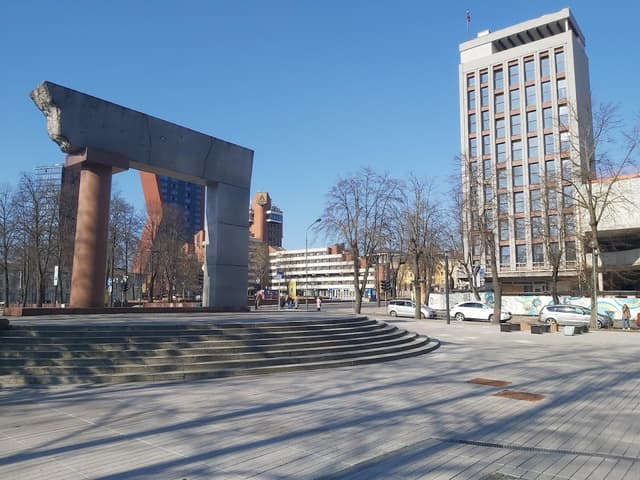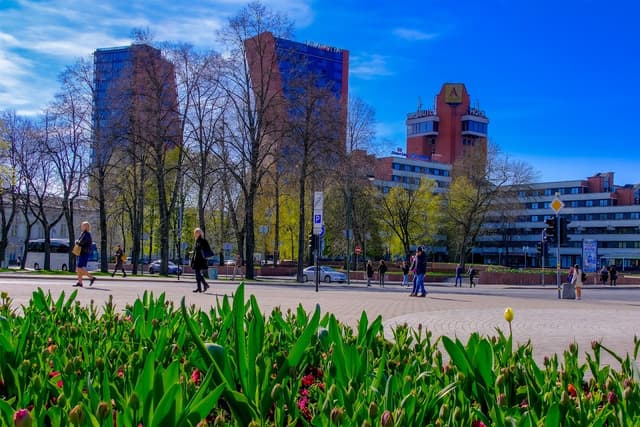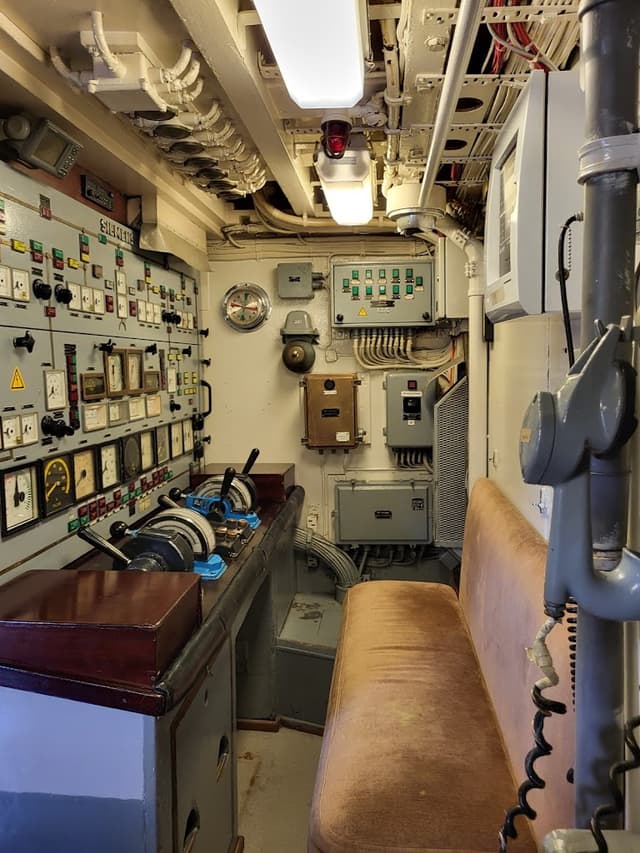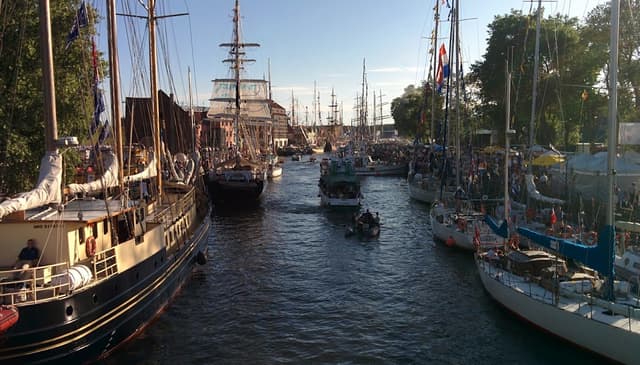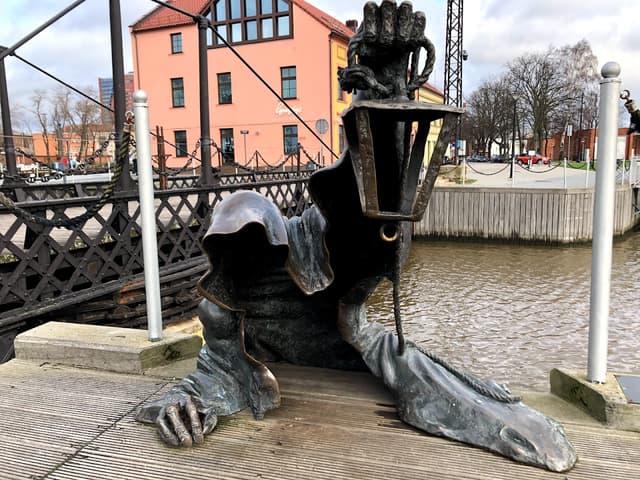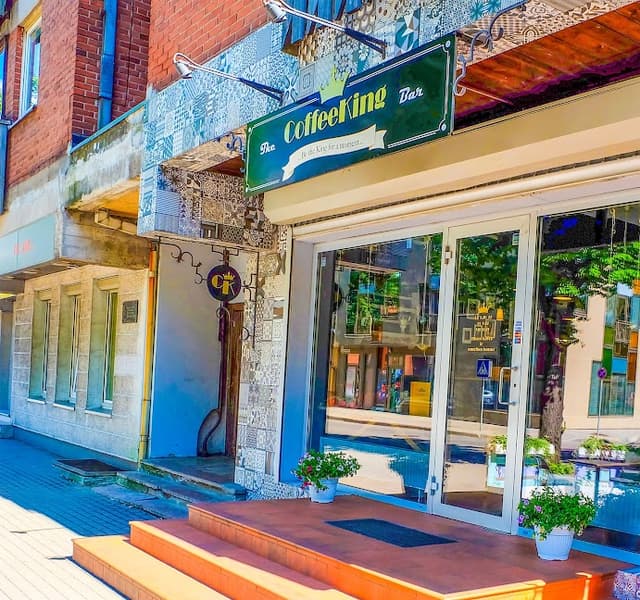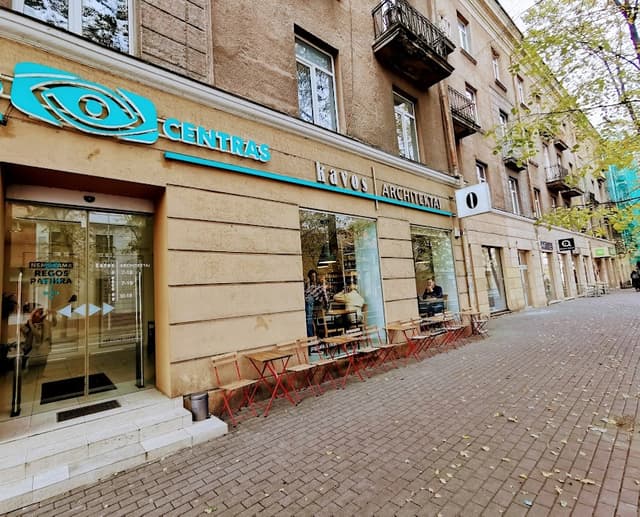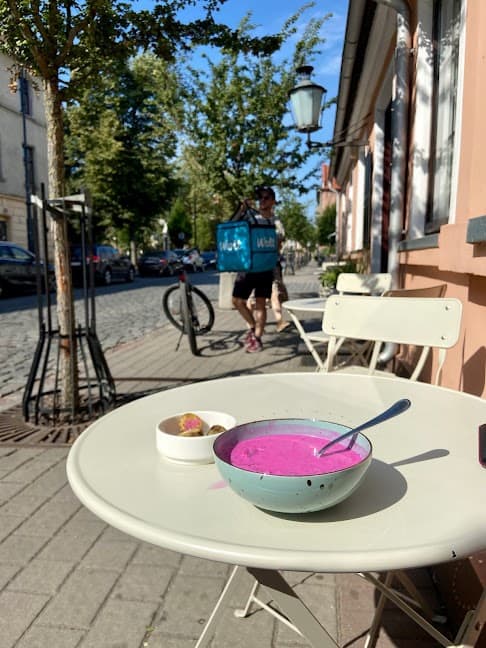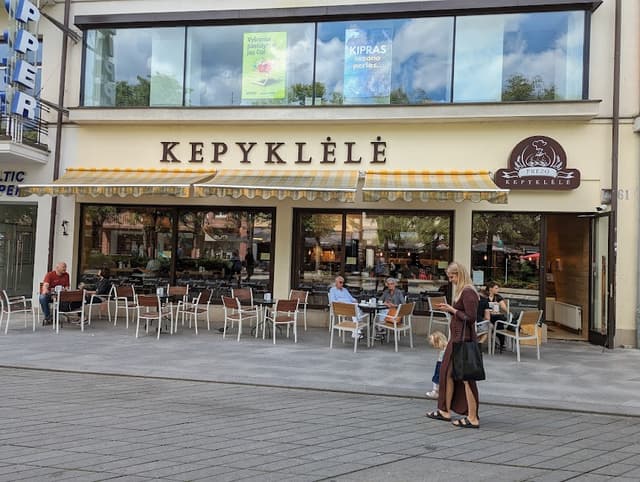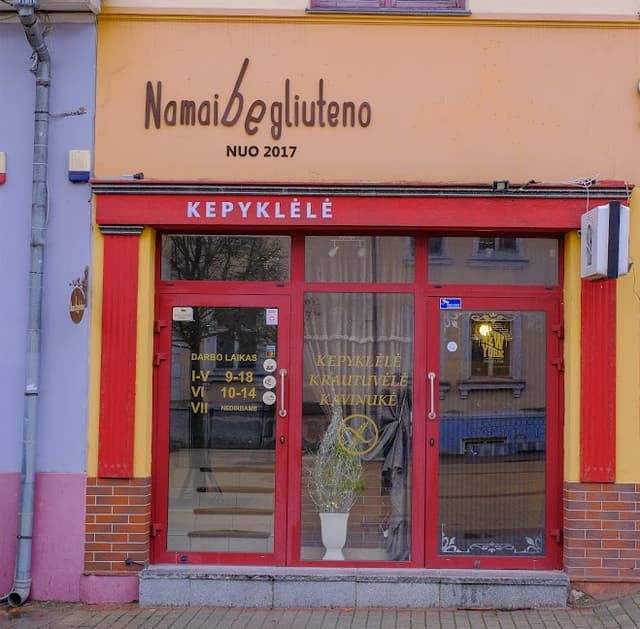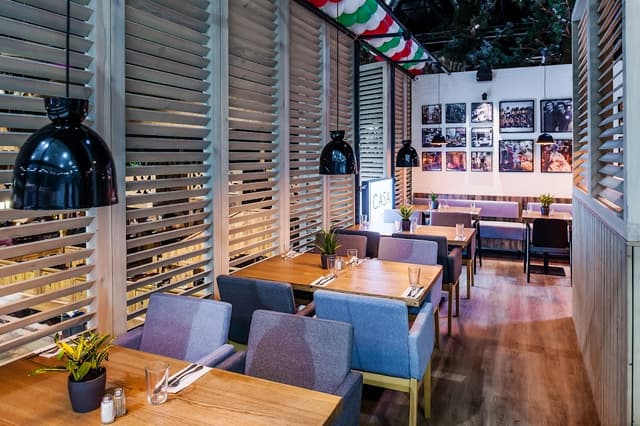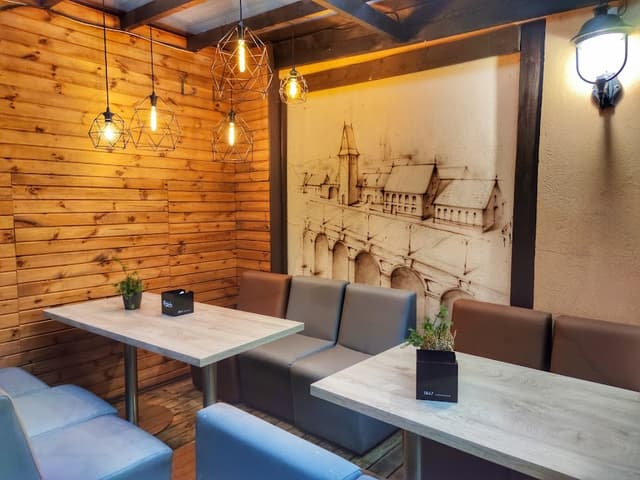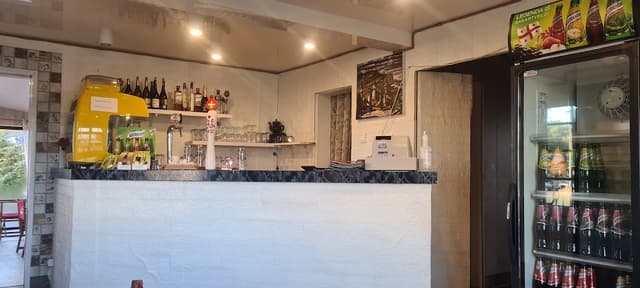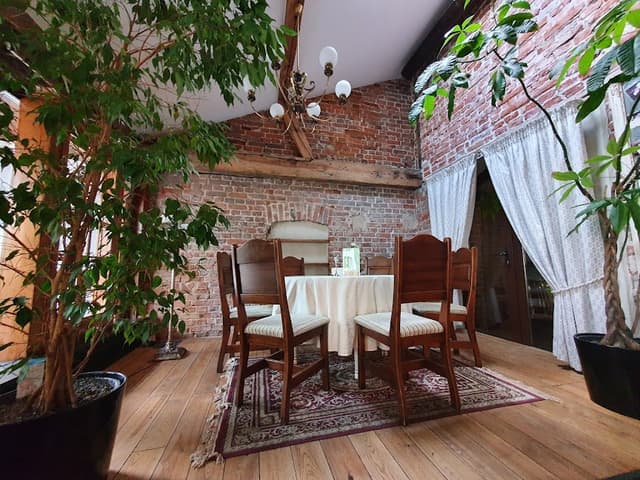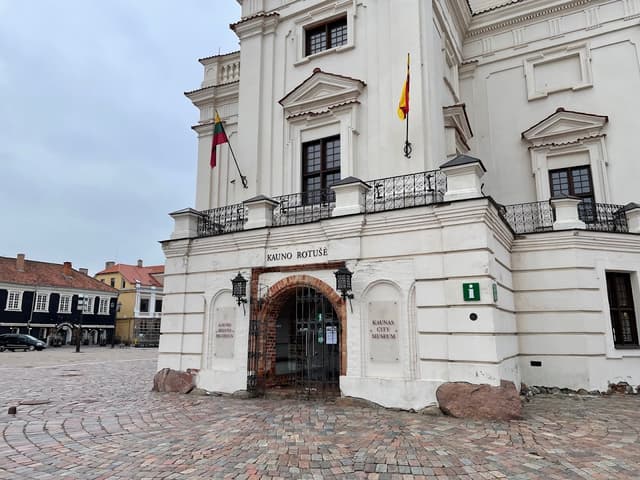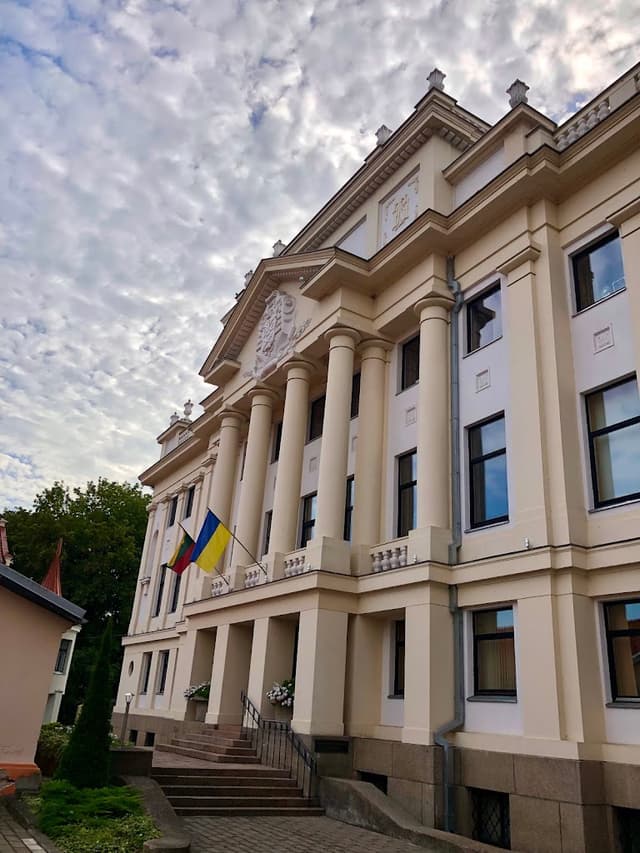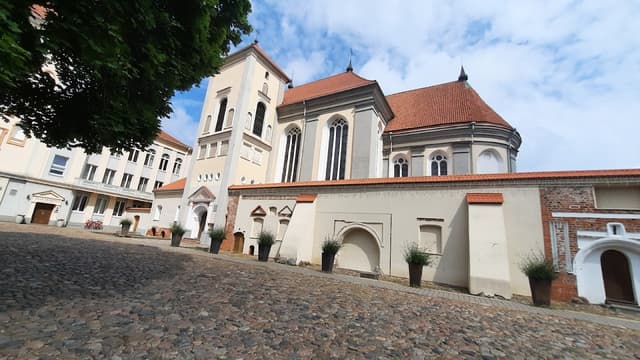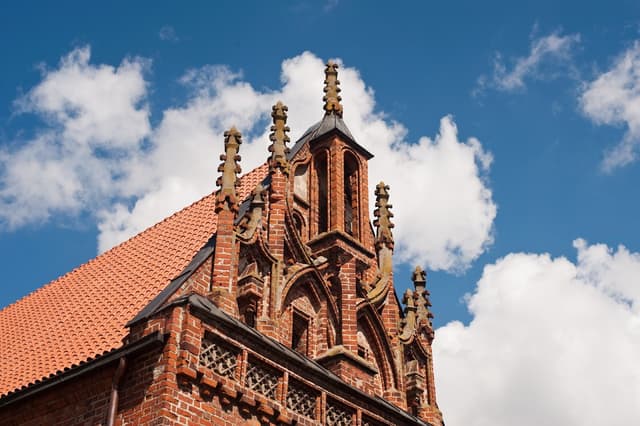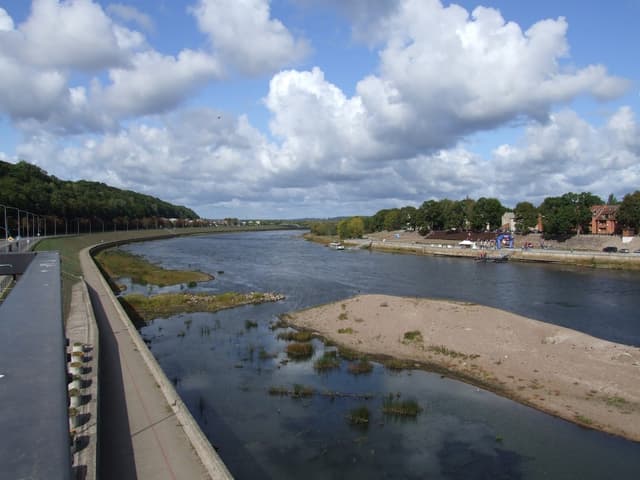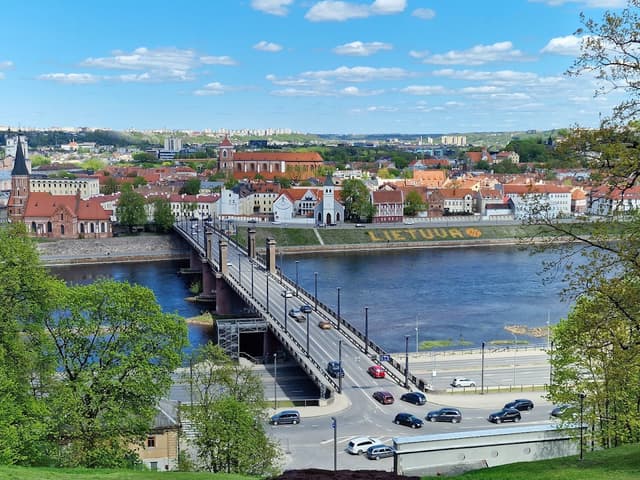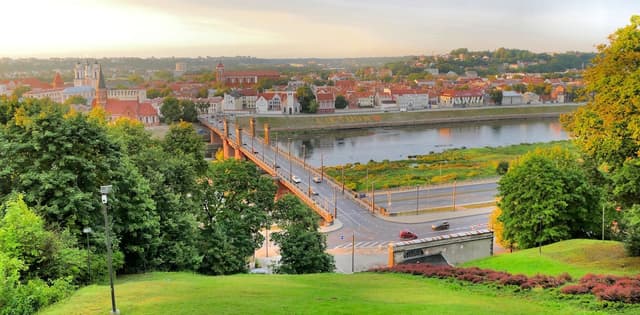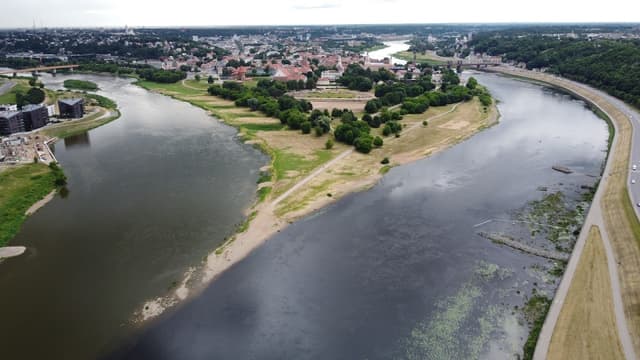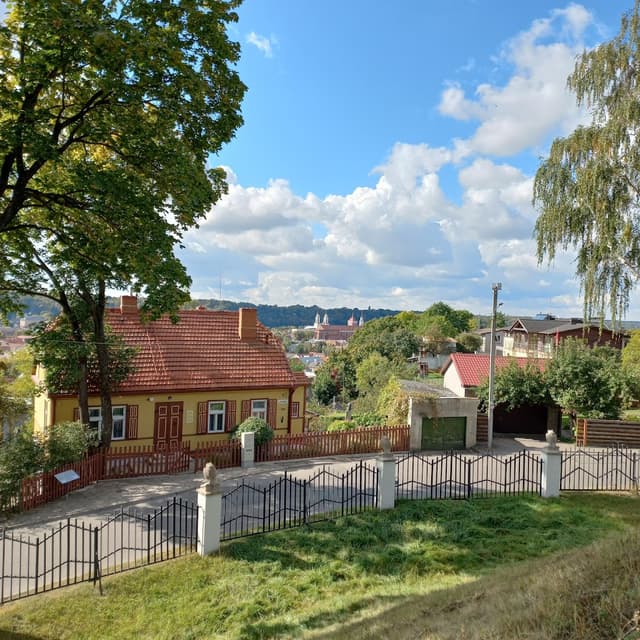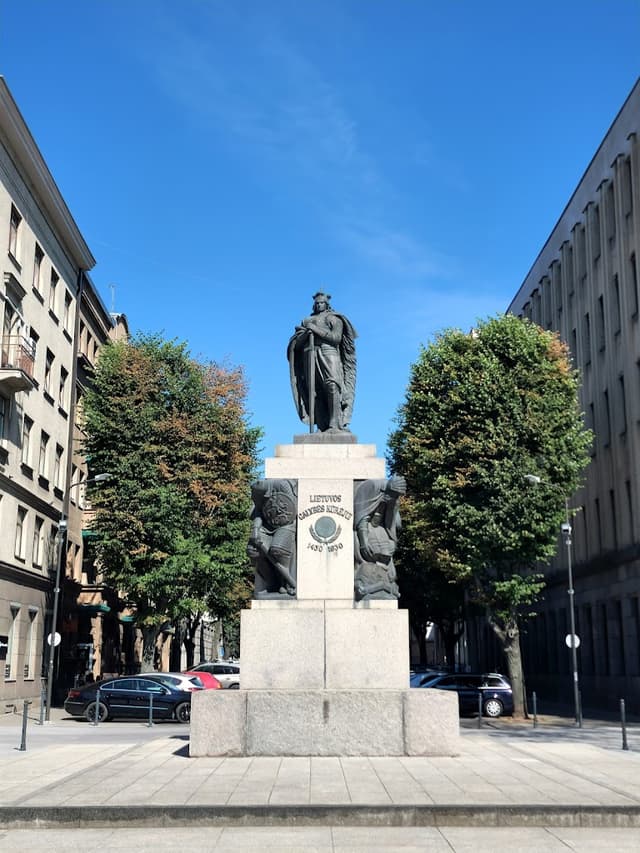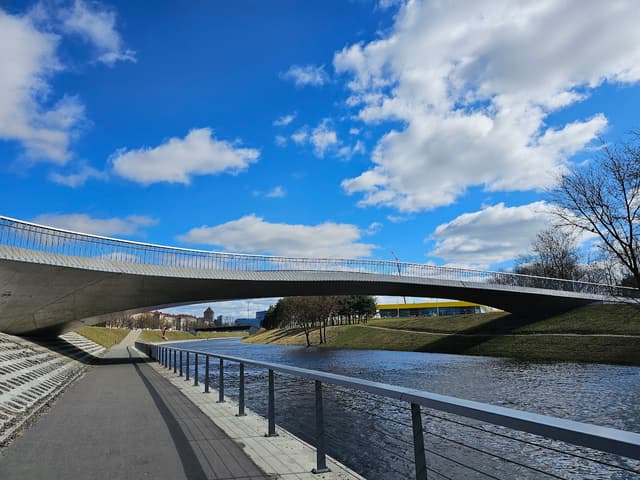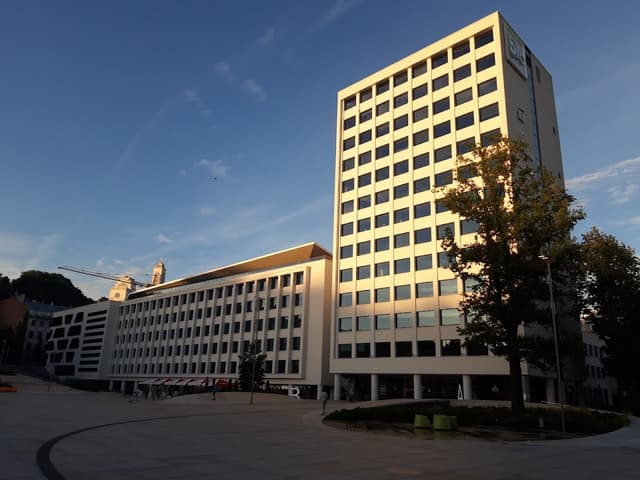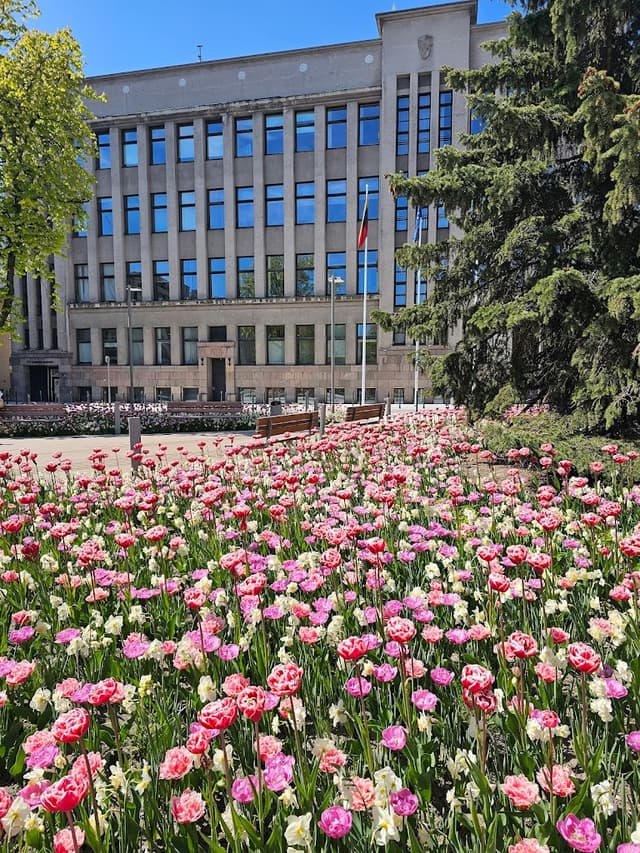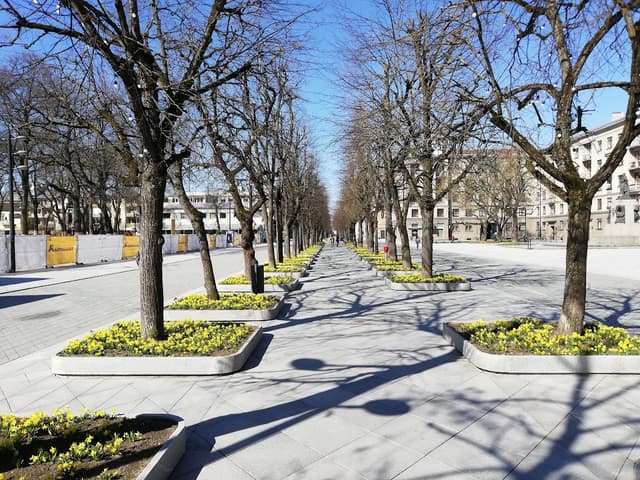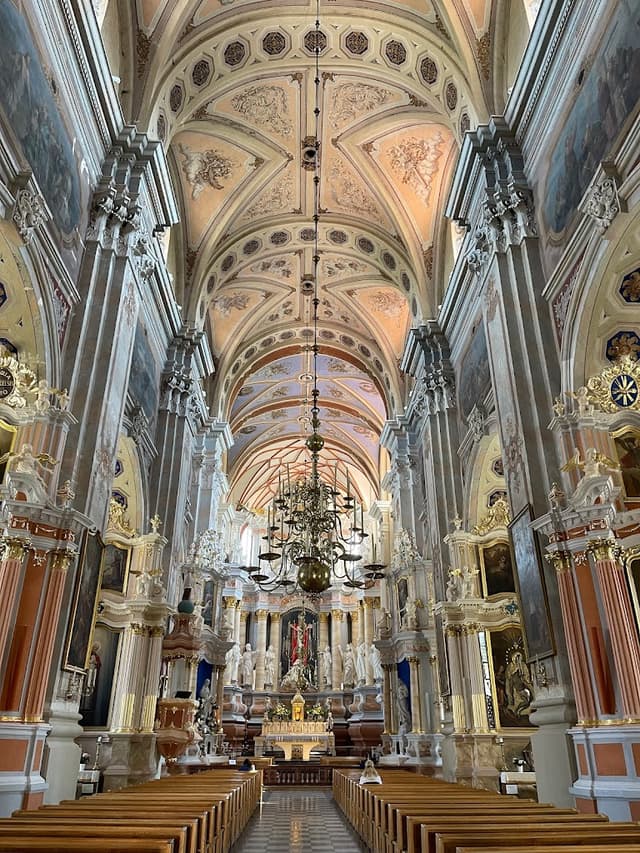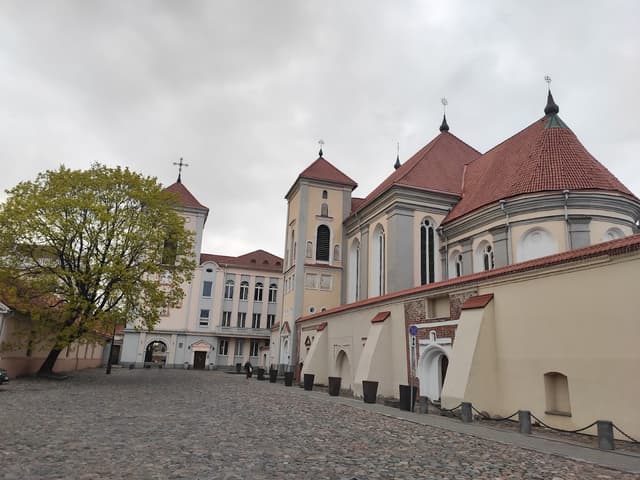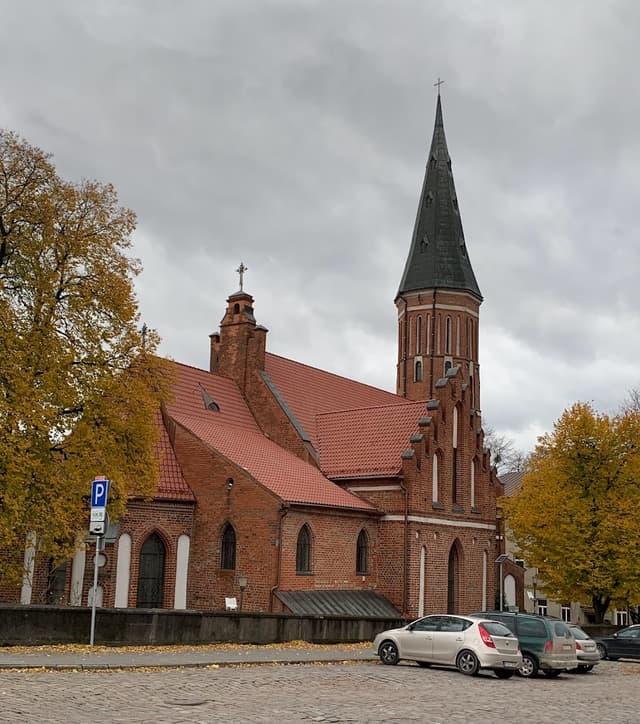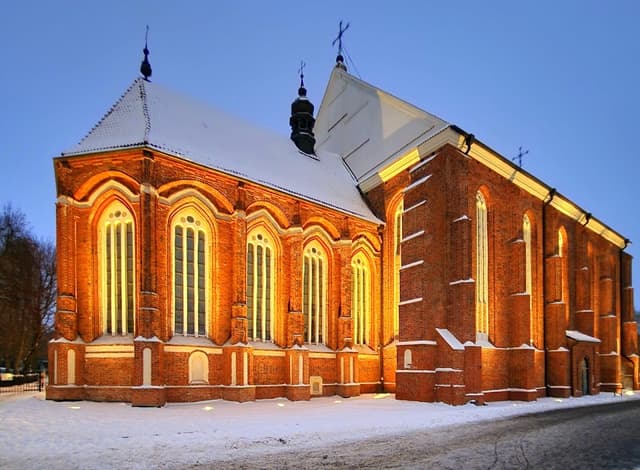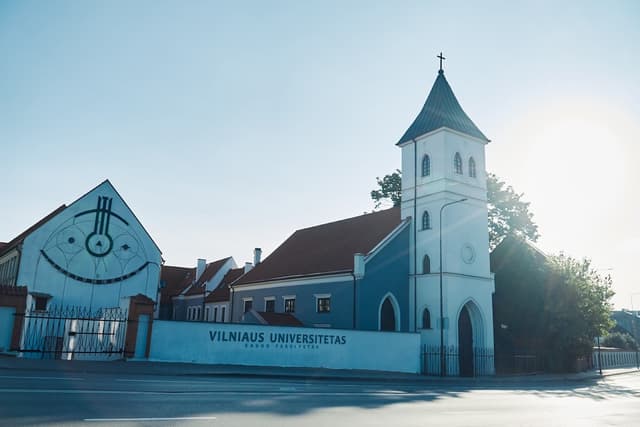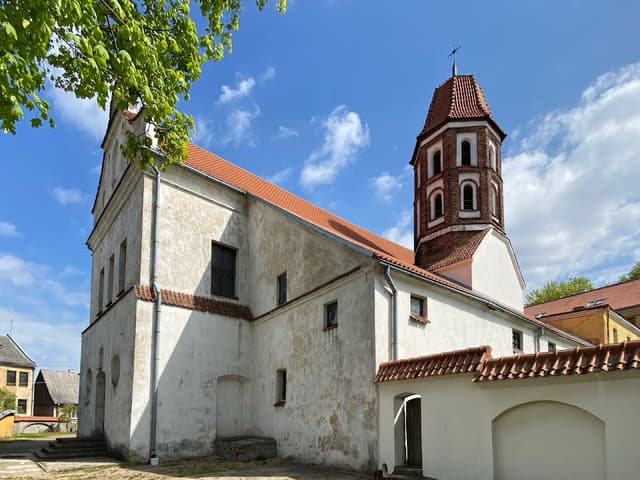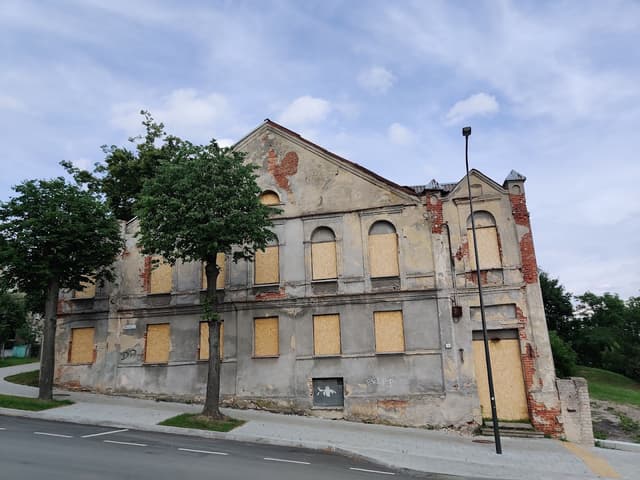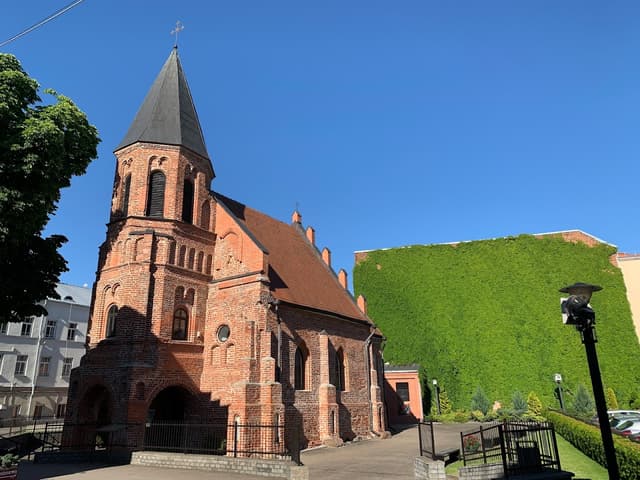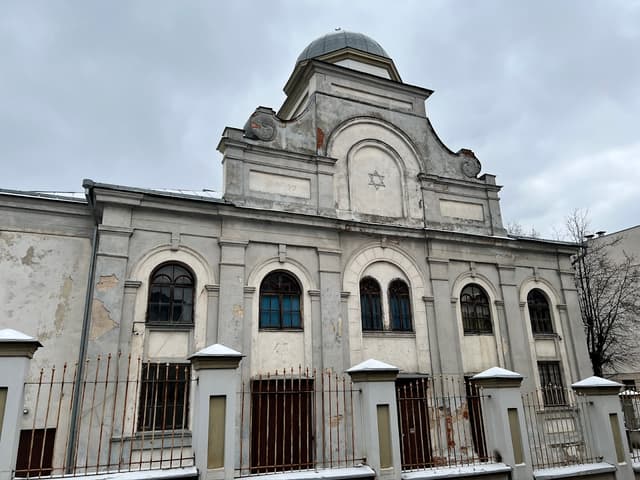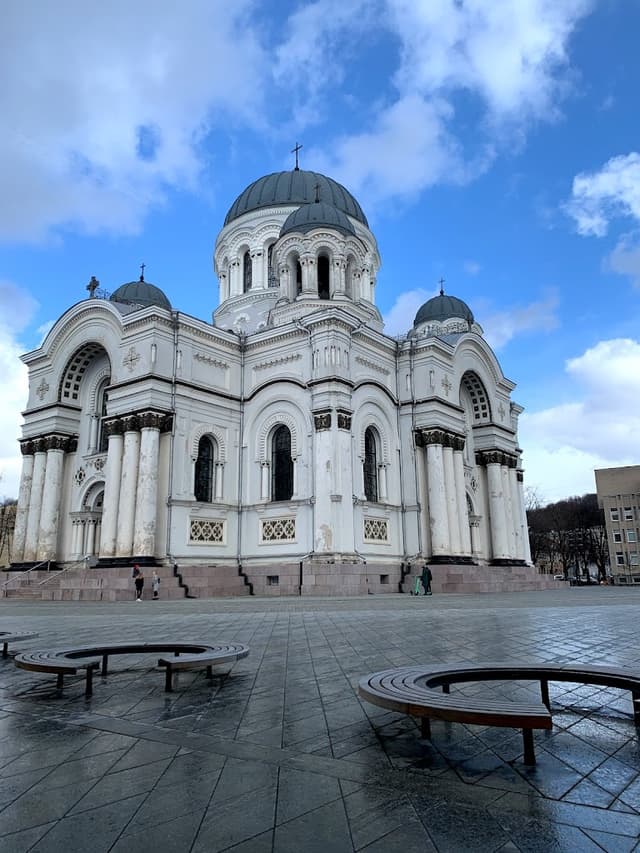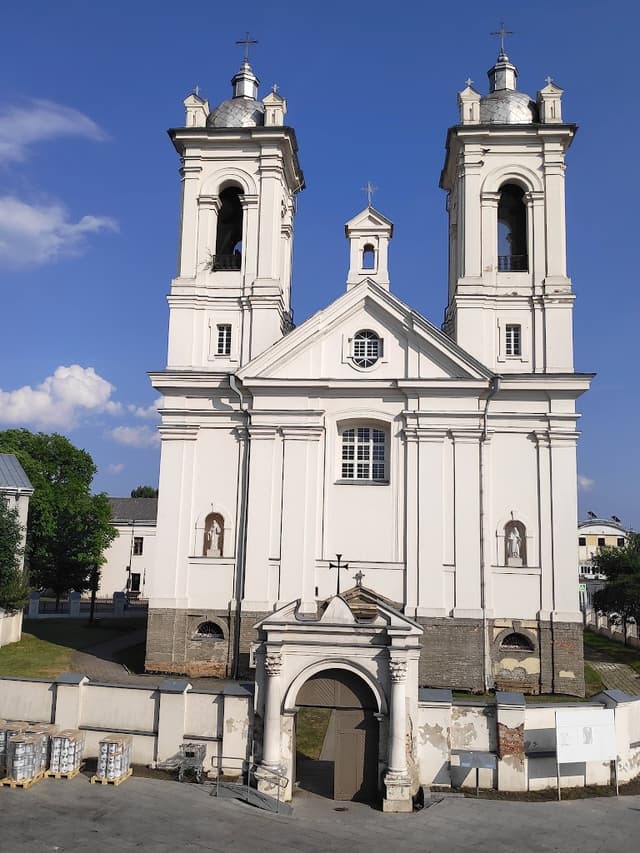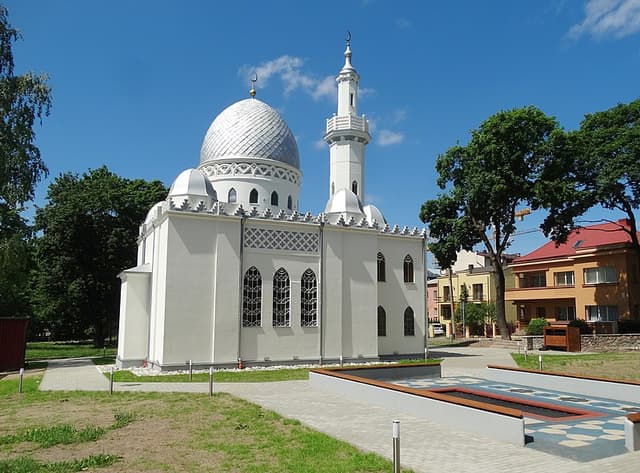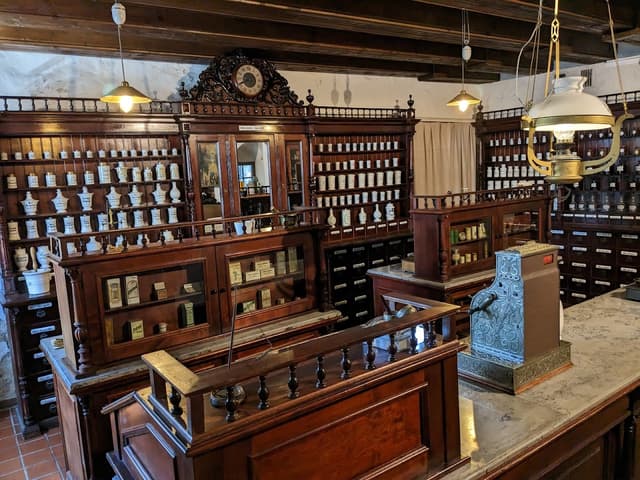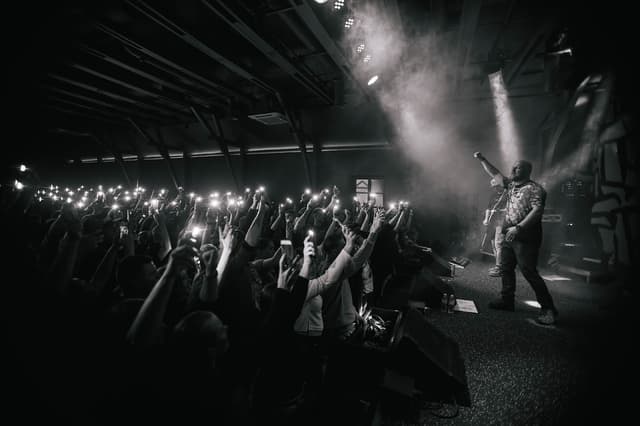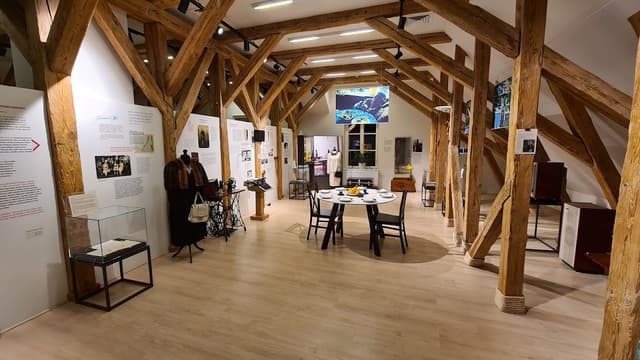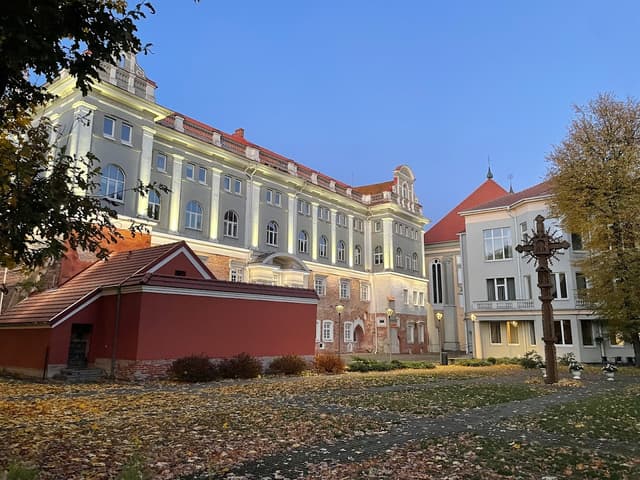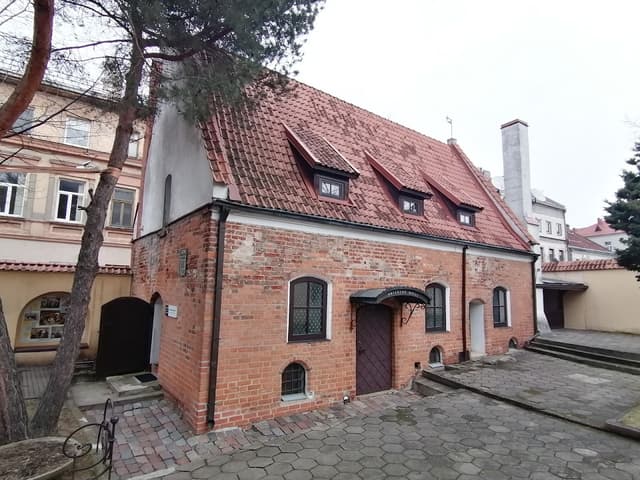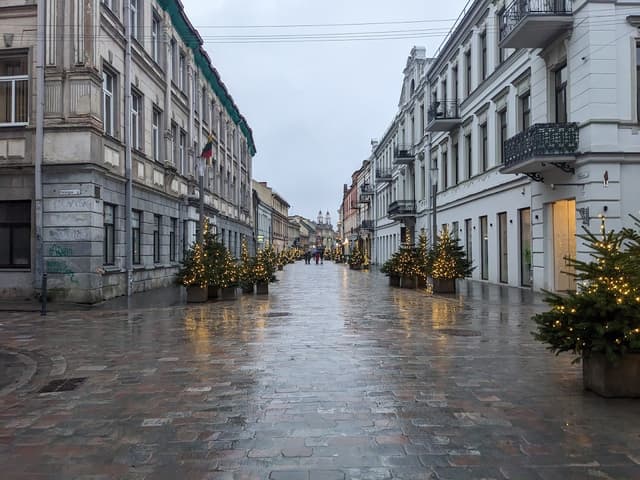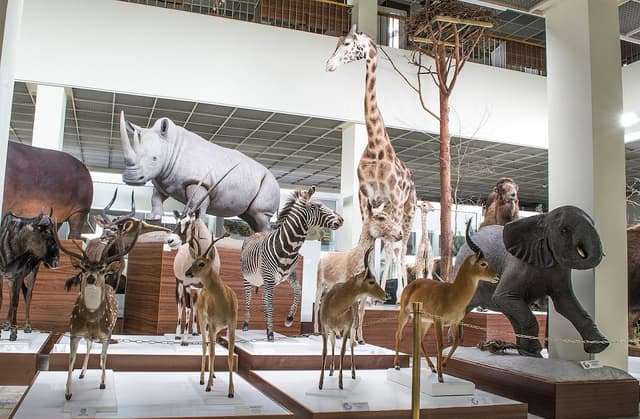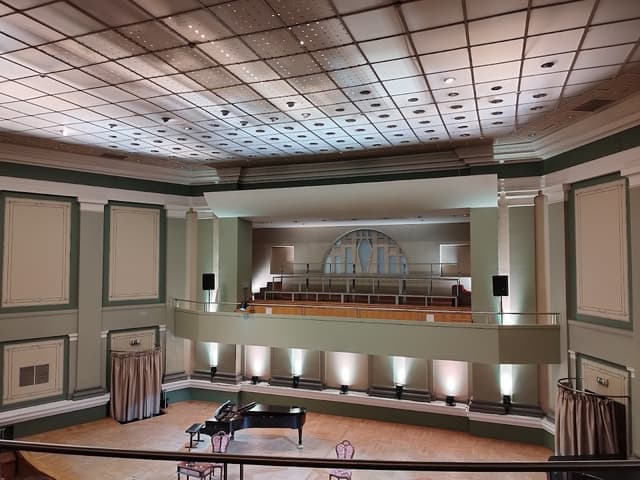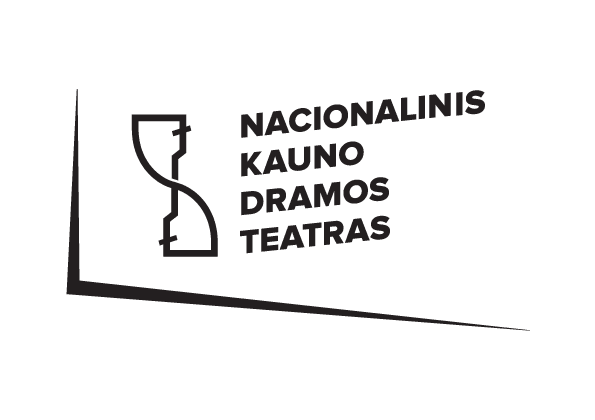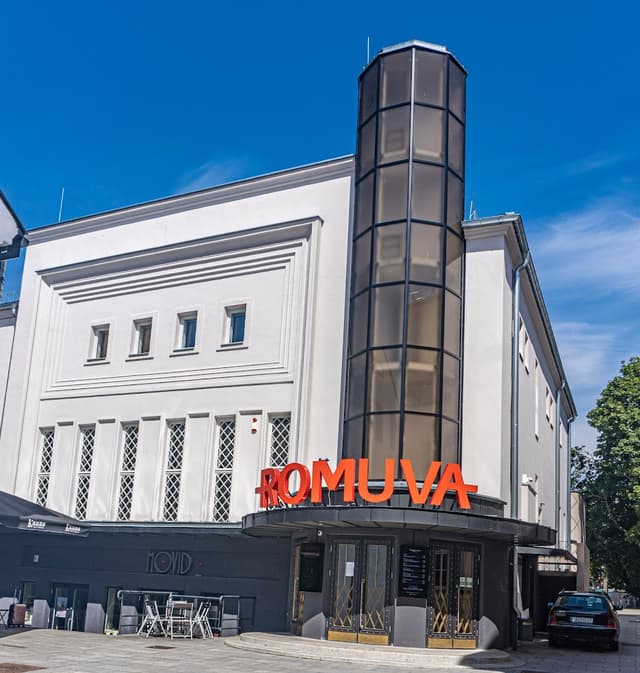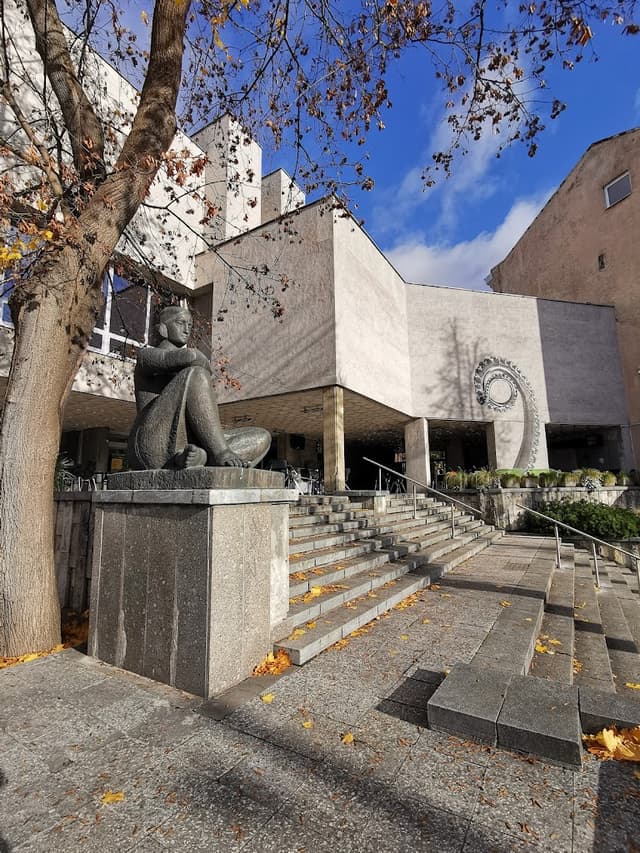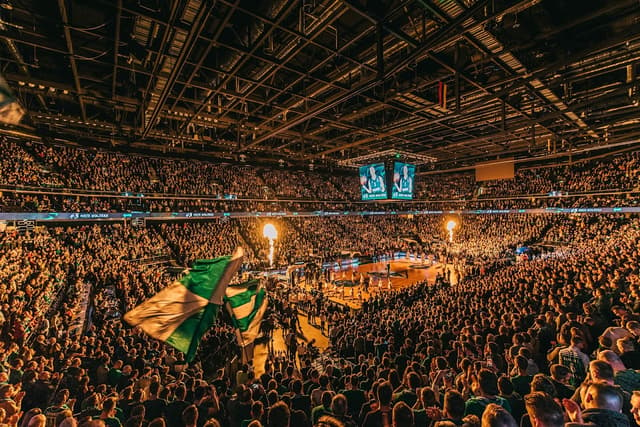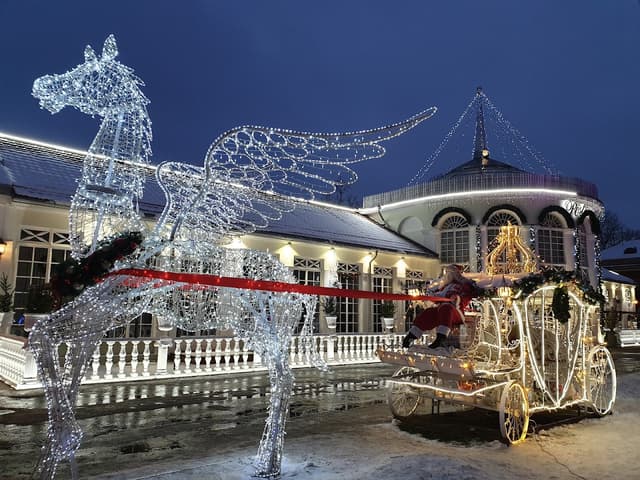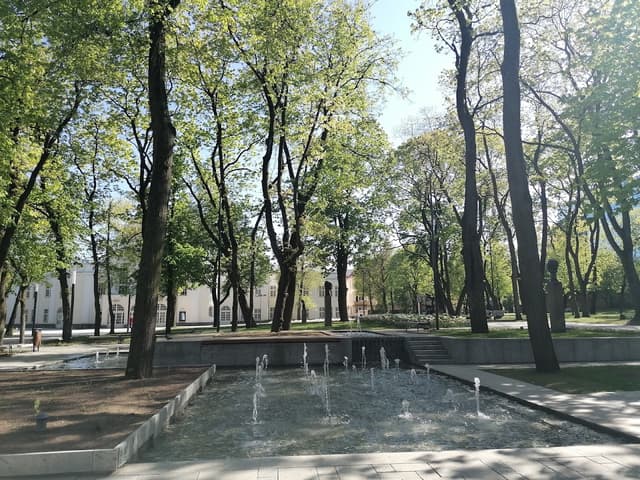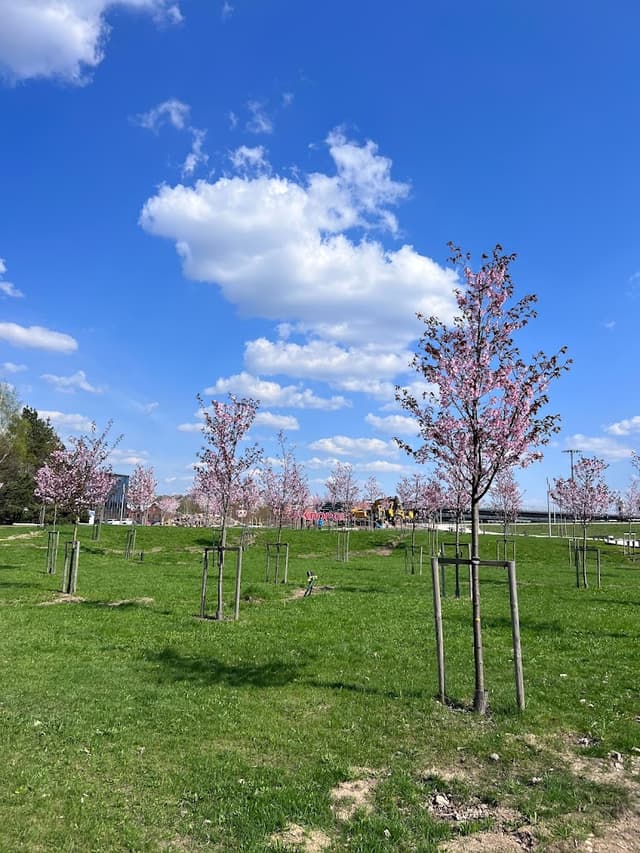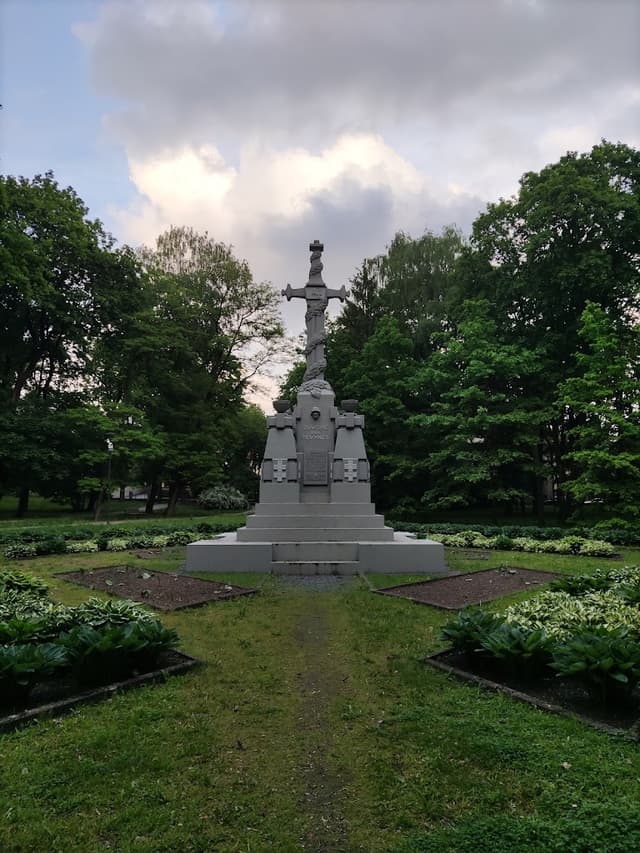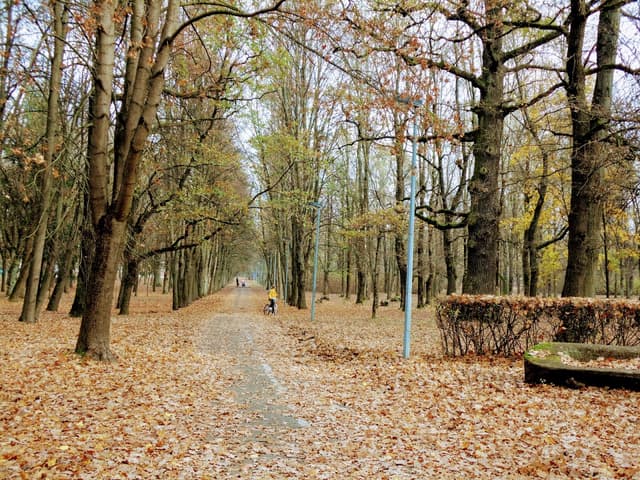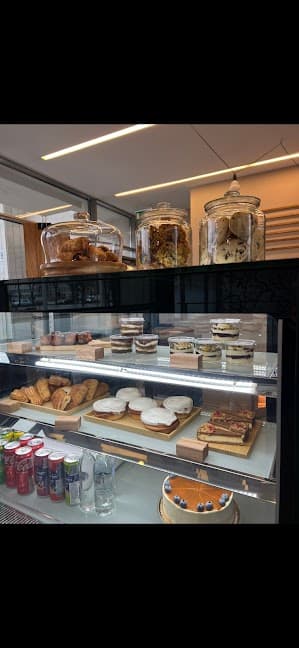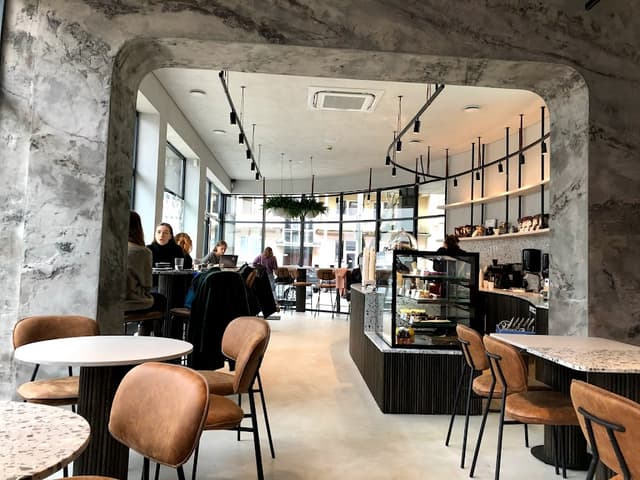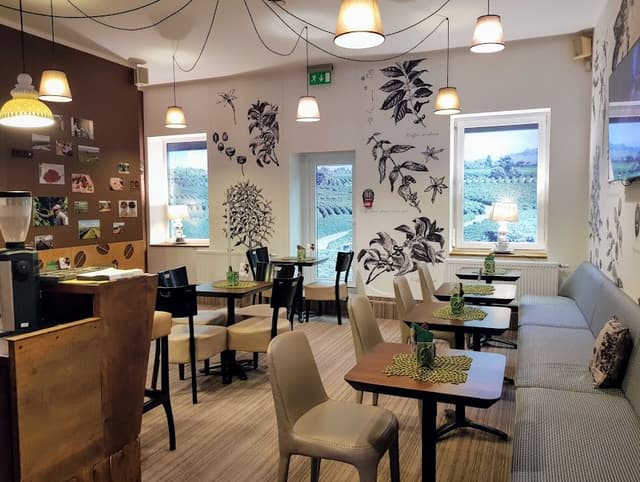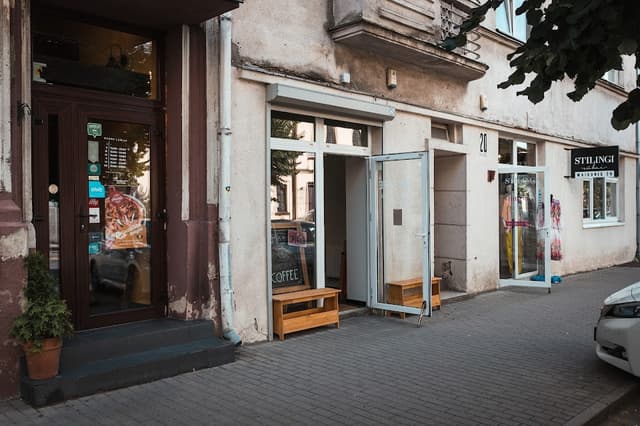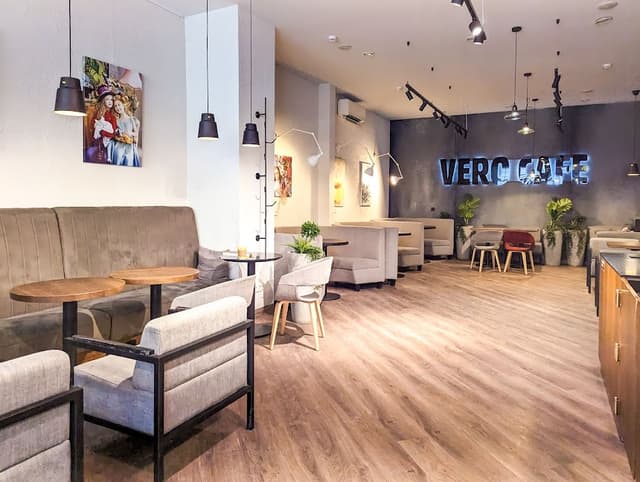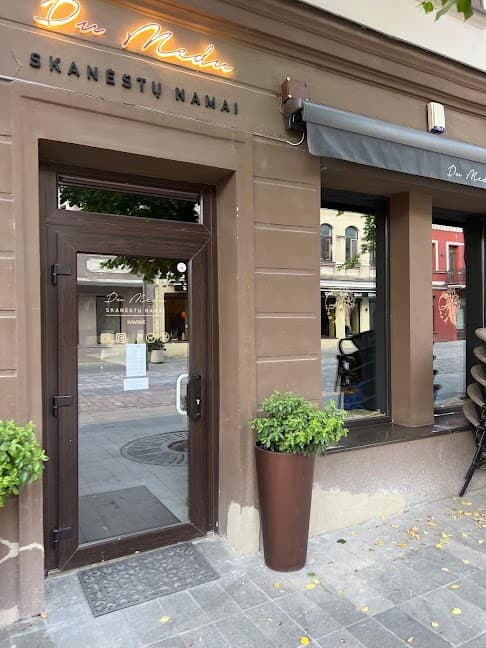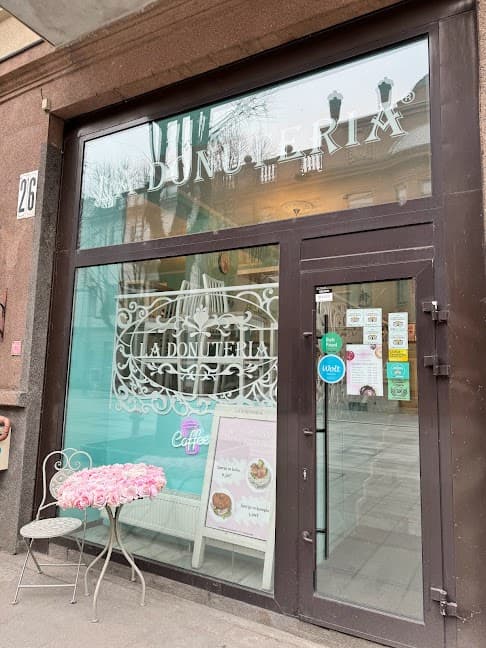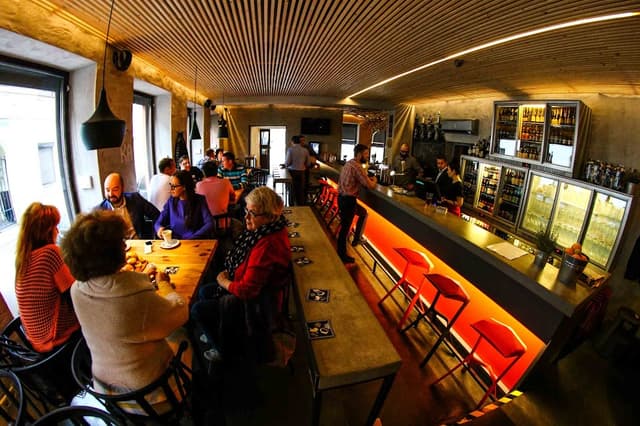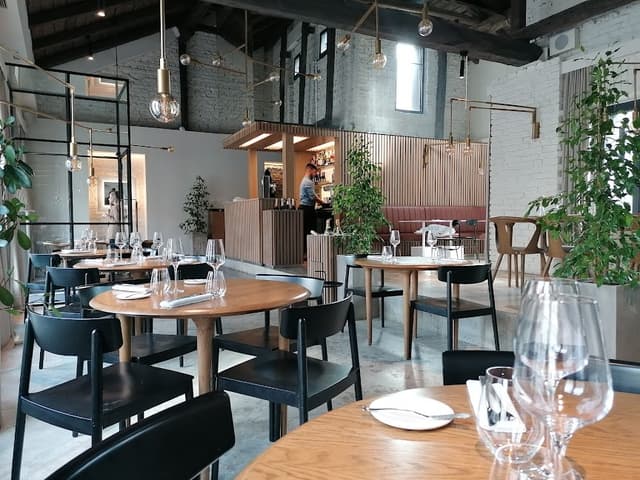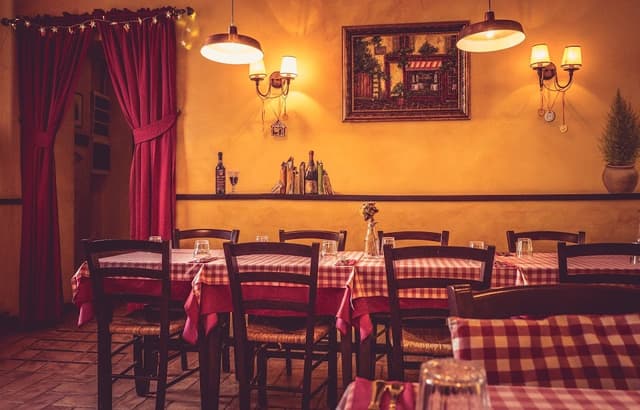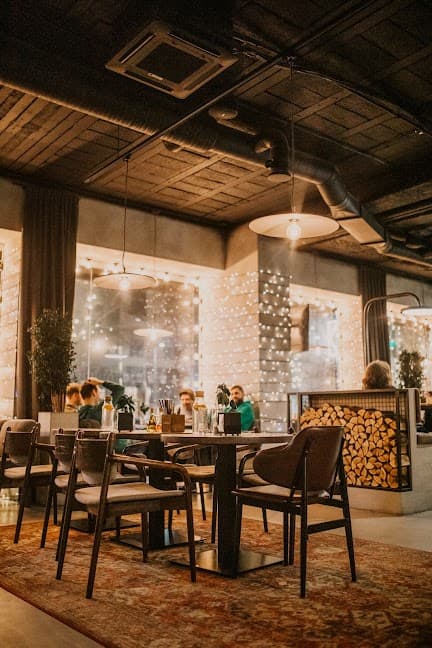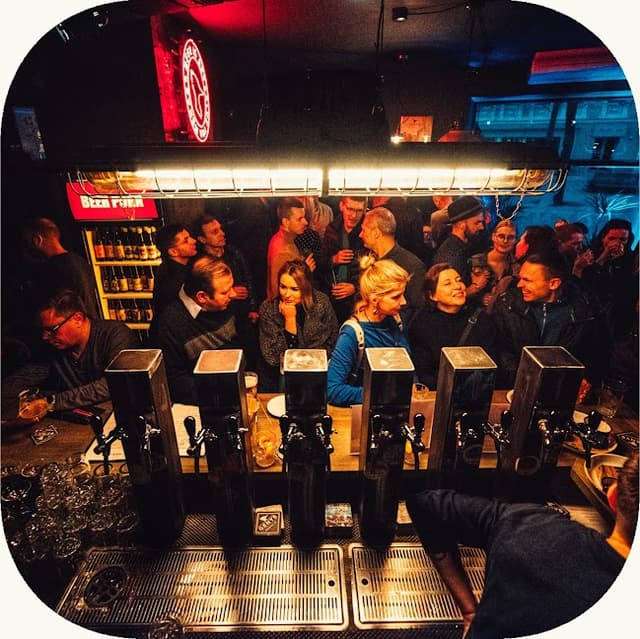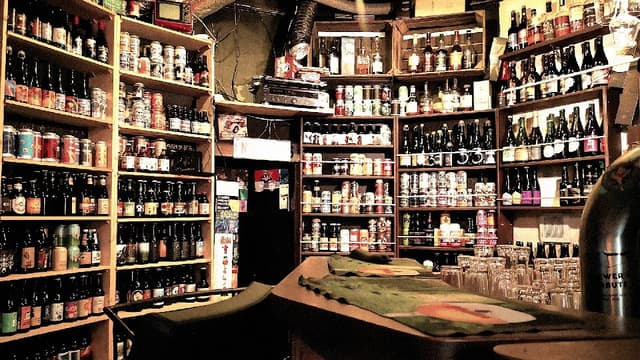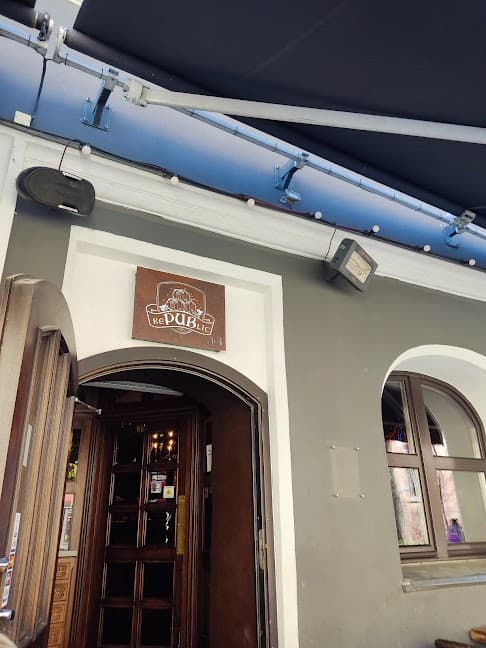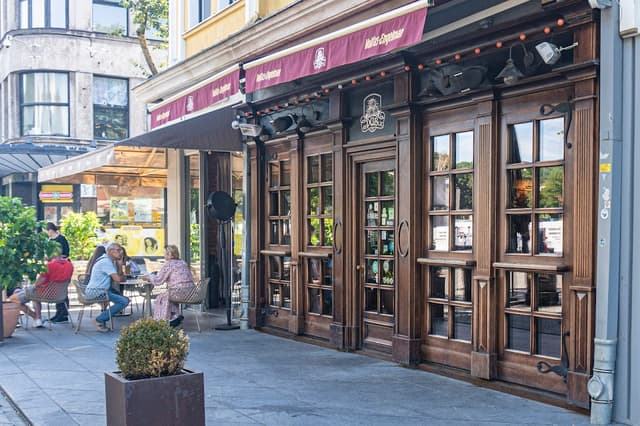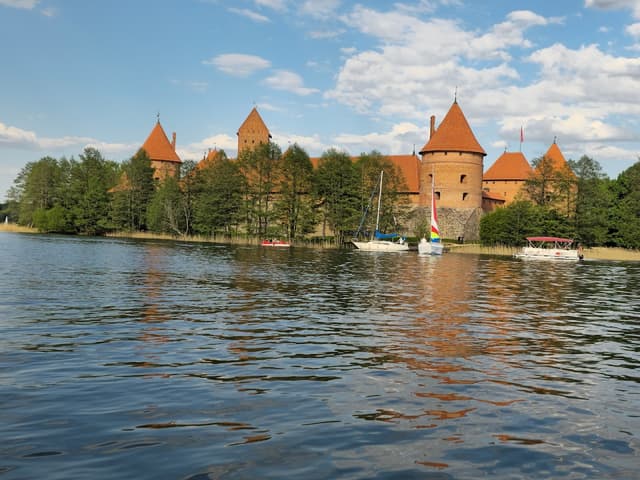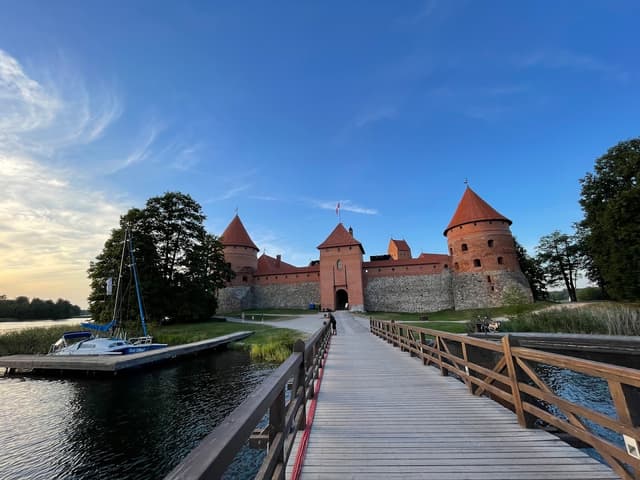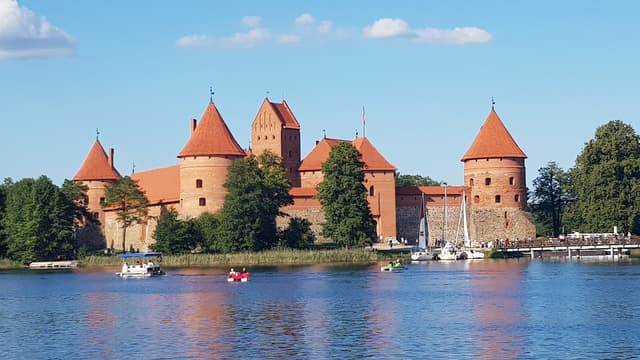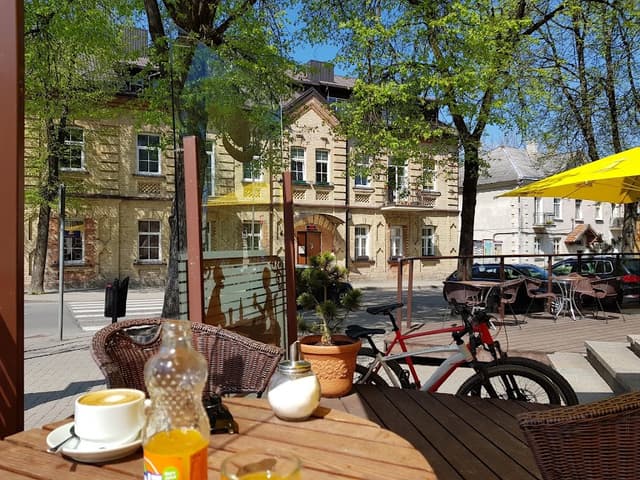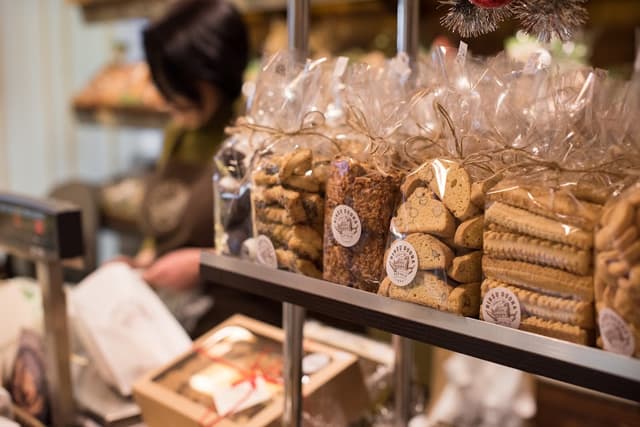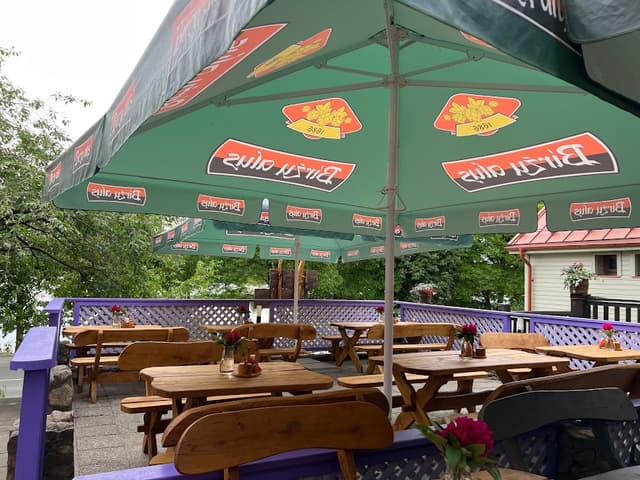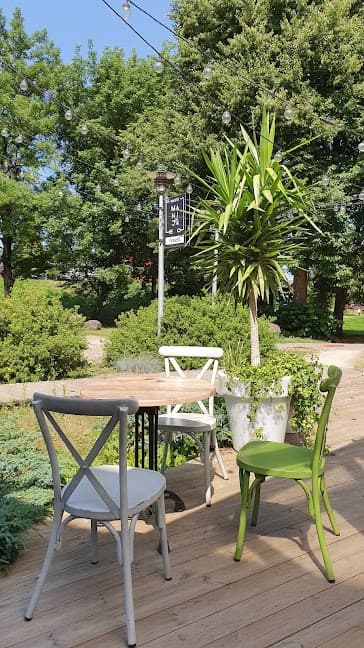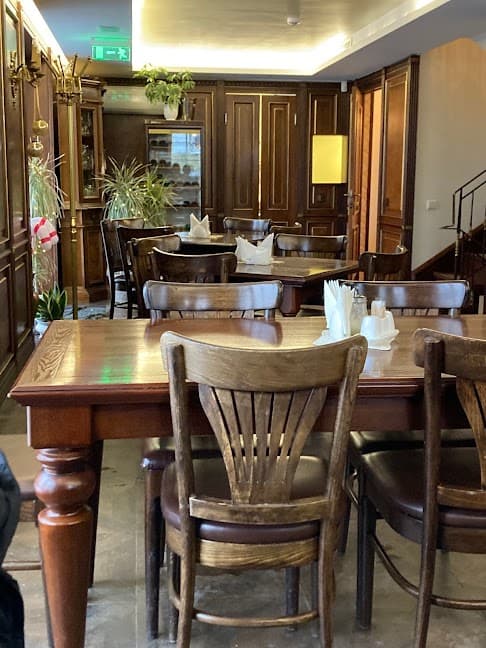A bit of context
Loxated in heart of the Baltic region, Lithuania is a country rich in history and natural beauty. With a coastline along the Baltic Sea to the west, it shares borders with Latvia to the north, Belarus to the east and south, Poland to the south, and a small border with the Russian exclave of Kaliningrad to the southwest. The landscape of Lithuania is predominantly flat, with rolling hills, dense forests, and numerous lakes and rivers, making it an ideal destination for nature enthusiasts.
Lithuania’s history is a complex tale of resilience and transformation. The Grand Duchy of Lithuania, established in the 13th century, was once one of the largest and most powerful states in Europe, extending from the Baltic Sea to the Black Sea. This era left a lasting legacy, visible in the country’s numerous castles and fortresses, such as the impressive Trakai Island Castle. The union with Poland in the 16th century to form the Polish-Lithuanian Commonwealth marked another significant chapter, fostering a rich cultural and intellectual exchange that helped shape modern Lithuania.
The 20th century brought profound changes and challenges. After declaring independence in 1918, Lithuania experienced a brief period of freedom before being occupied by Soviet and Nazi forces during World War II. The post-war Soviet occupation lasted until 1990, when Lithuania became the first republic to declare independence from the USSR. This struggle for sovereignty is poignantly remembered at sites like the Museum of Occupations and Freedom Fights in Vilnius, which provides deep insights into the nation’s journey towards freedom.
Modern Lithuania is a vibrant blend of old and new, where medieval history coexists with contemporary innovation. Vilnius, with its UNESCO-listed Old Town, offers a maze of cobblestone streets, historic churches, and eclectic cafes. The Hill of Crosses near Šiauliai is a striking pilgrimage site symbolizing Lithuanian faith and resistance, featuring thousands of crosses brought by visitors over the decades. Meanwhile, the coastal city of Klaipėda and the serene Curonian Spit, a UNESCO World Heritage Site, offer stunning natural landscapes and tranquil seaside experiences.
Traveling through Lithuania, visitors can explore its diverse cultural heritage, from traditional crafts and folk music to modern art and cuisine. The country's festivals, such as the colorful Vilnius Festival and the ancient Rasos (Midsummer) Festival, provide immersive cultural experiences. Whether wandering through the lush Aukštaitija National Park, savoring local dishes like cepelinai (potato dumplings), or enjoying the vibrant nightlife in Vilnius, Lithuania promises a rich and varied adventure for every traveler.
How to get there and move around
While Lithuania may appear compact compared to some European nations, its wealth of experiences is best appreciated when you venture beyond the charming capital of Vilnius. Lithuania's well-developed public transportation system makes it easy to explore the country’s many attractions without the need for a car. Buses, trains, and even trolleybuses provide eco-friendly and stress-free options for travelers eager to delve into the heart of Lithuanian culture and its picturesque landscapes.
Lithuania’s extensive bus network is particularly impressive, connecting cities, towns, and even remote villages with frequent and reliable services. This network ensures that major destinations like Kaunas, Klaipėda, and Šiauliai are within easy reach. Whether you’re aiming to explore the medieval streets of Kaunas or the serene beauty of the Curonian Spit, public transportation in Lithuania offers a convenient and environmentally conscious way to travel.
Vilnius itself boasts a comprehensive system of buses and trolleybuses, making it effortless to navigate its historic districts and modern neighborhoods. Frequent departures mean that no corner of this vibrant city is out of reach. For those looking to venture further afield, the national rail operator, Lithuanian Railways, offers scenic journeys that weave through the country’s diverse terrain.
Imagine embarking on a train ride from Vilnius to the coastal city of Klaipėda, with views of rolling hills, dense forests, and medieval castles unfolding before your eyes. The train journey to Trakai is particularly enchanting, leading you to a fairy-tale island castle surrounded by shimmering lakes. These rail journeys are not just about reaching your destination; they are an integral part of the Lithuanian travel experience, offering glimpses into the nation’s rich history and natural beauty.
So, lace up your walking shoes, bring along your sense of curiosity, and make the most of Lithuania’s public transportation. It’s the perfect gateway to uncovering the hidden treasures and intriguing stories that make this Baltic gem so special. Whether you're wandering through the cobblestone streets of Vilnius, hiking in the lush Aukštaitija National Park, or relaxing on the shores of the Baltic Sea, Lithuania promises a journey filled with discovery and delight.
Let's explore!
Vilnius
I´ve created an extensive guide didicated exclusively to the Lithuanian capital city, with recommendations for attractions, restaurants, cofeeshops and much more. Check it down below!
Vilnius, Lithuania's capital, captivates visitors with its enchanting blend of medieval charm and modern pulse. Delve into its historic heart, the UNESCO-listed Old Town, a labyrinth of cobbled streets. Marvel at architectural gems like the towering Vilnius Cathedral and the imposing Gediminas' Tower, a symbol of Lithuania's past. For a taste of contemporary Vilnius, venture into the Lower Town. Here, vibrant cafes line the streets, independent shops find homes in stunning Baroque buildings, and the bustling Town Hall Square thrums with activity, a favorite meeting spot for locals and visitors alike.
This guide includes:
- introductory note
- places to visit (photo spots, museums and cultural venues,, open squares, beaches and others)
- restaurants, coffeeshops and sweets spots
- photo spots
Get to see more from my travels on my Instagram (@pedralexpereira) and Flickr (flickr.com/photos/pedralexpereira)
Šiauliai
Šiauliai is the fourth-largest city in Lithuania, located in the northern part of the country. The city has a population of around 108,000 people (2023). It was the capital of Šiauliai County from 1994 to 2010. Šiauliai is known for its unique museums and its designation as the "city of bicycles".
Gora Krizhyu-Kalnas
@pedralexpereira
The Hill of Crosses, also known as Kryžių kalnas in Lithuanian, is a Catholic pilgrimage site in northern Lithuania. It is a hill covered in over 200,000 crosses, some of which are as tall as 20 feet. The hill is a place of pilgrimage for people from all over the world, and it is a symbol of the Lithuanian people's faith and resilience.
The first crosses were placed on the hill in the 14th century, and the tradition has continued ever since. The hill was particularly popular during the Soviet era, when it was a place where people could express their religious freedom. Today, the Hill of Crosses is a UNESCO World Heritage Site, and it is one of the most popular tourist destinations in Lithuania.

Details
Šiauliai railway station
@pedralexpereira
Šiauliai Railway Station is a major railway station on the Vilnius-Klaipėda railway line, serving the city of Šiauliai and its industries. It is the main node of passenger railway transportation in Northern Lithuania. The station was opened in 1871 and commemorated its 100th anniversary by founding the Šiauliai Railway Museum .

Details
Siauliu Sv. Jurgio baznycia
@pedralexpereira
The church was built in the Neo-Byzantine style and was consecrated in 1909. It was originally a Russian Orthodox church, but it was converted to a Catholic church after Lithuania declared independence in 1918. The church is a popular tourist destination and is known for its beautiful interior and its unique history.

Details
Šiauliai Railway Museum
@pedralexpereira
The Šiauliai Railway Museum is a departmental museum that collects, stores, restores and exhibits artifacts related to the railway history of the Šiauliai Region. The museum was founded on September 4, 1971, commemorating the 100th anniversary of the railway of Šiauliai.

Details
“Rūtos” šokolado muziejus
@pedralexpereira
The "Rūtos" Chocolate Museum in Šiauliai, Lithuania, is a haven for chocolate lovers and history buffs alike. This popular attraction offers a delightful journey into the world of chocolate, from its ancient origins to the modern day treats we know and love.
Step inside and delve into over 4,000 years of chocolate history. Interactive exhibits showcase the fascinating transformation of cocoa beans into decadent treats. Learn about the different stages of chocolate production and discover the secrets behind its rich flavor.
Prepare to tantalize your taste buds with a chocolate tasting experience (separate fee may apply). Savor the unique flavors and textures of "Rūtos" chocolates, and find your new favorite indulgence.

Details
Bulvaras
@pedralexpereira
The beginning is the intersection of Vilniaus and Žemaitė streets, the end is the intersection of Vilniaus street and Draugystės avenue. The length is 1280 meters.
The author of the idea is the then city manager Vilius Kazanavičius (now an honorary citizen of the city of Šiauliai). The idea was born while writing a dissertation on urban planning, after seeing recreation areas in Germany, Austria, and Italy. Later, the developers of Kaunas Laisvės Alley and Moscow Arbat consulted with specialists from Šiauliai.

Details
Museum of Photography
@pedralexpereira
The Šiauliai Photography Museum is a must-visit for any photography enthusiast venturing to Lithuania. Established in 1973, it houses a vast collection of over 150,000 photography-related objects, making it a significant center for preserving and representing Lithuanian visual heritage.
The museum offers a variety of exhibits showcasing the evolution of photography, from historical equipment and techniques to contemporary works by renowned photographers. Visitors can also explore collections of prints, documents, and other fascinating artifacts that shed light on the history and cultural impact of photography.

Details
Šiauliai Cathedral
@pedralexpereira
The Šiauliai Cathedral, also known as the Cathedral of Saints Peter and Paul (Apaštalų Petro ir Pauliaus katedra), is a Roman Catholic cathedral in Šiauliai, Lithuania. It is the seat of the Roman Catholic Diocese of Šiauliai .
Built between 1617 and 1626, the Šiauliai Cathedral is a significant example of Renaissance and Mannerist architecture. It is a beautiful white structure with a simple and clear design.
Construction was funded by the proceeds of the sale of four-year-old bulls donated by local farmers.
Legend has it that the hillock it stands on was created from sand and dust blown over a dead ox that wandered into Šiauliai. The cathedral has a fascinating clock tower with a sundial located on its side. The most significant damage to the cathedral occurred after World War II.

Details
Šiaulių Šv. apaštalų Petro ir Povilo cerkvė
@pedralexpereira
It was built in 1867 and is dedicated to the Holy Apostles Peter and Paul. The church is a relatively small building, with a simple and elegant design. It is made of red brick and has a single bell tower.
The Šiaulių Šv. apaštalų Petro ir Povilo cerkvė is a typical example of Russian Orthodox church architecture. It is characterized by its onion-shaped domes, which are a symbol of heaven. The church also has a number of icons, which are religious paintings that are considered to be sacred by Orthodox Christians.
The Šiaulių Šv. apaštalų Petro ir Povilo cerkvė is an important religious site for the Russian Orthodox community in Šiauliai. It is a place where people can go to pray, worship, and celebrate their faith. The church also hosts a number of religious events throughout the year, such as weddings, funerals, and baptisms.

Details
Sundial Square
@pedralexpereira
Sundial Square (Saulės Laikrodžio aikštė) is a unique landmark in Šiauliai, Lithuania. Built in 1986 to celebrate the 750th anniversary of the city's founding, the square stands out for its unusual sundial shape and the impressive "Archer" sculpture towering on an 18-meter (59-foot) column.

Details
Iron Fox
@pedralexpereira
The Iron Fox is a colossal sculpture depicting a mighty fox, crafted entirely from iron. It stands at a staggering height of 6.6 meters (21.7 feet) and stretches 15 meters (49.2 feet) in length, weighing nearly 7 tons!
Designed by sculptor Vilius Puronas, the Iron Fox was erected in 2009 to commemorate the 1,000th anniversary of the first mention of Šiauliai's name. The fox serves as a symbol of the city's cunning, wisdom, and resilience.

Details
Chaim Frenkel villa
@pedralexpereira
Built in 1908 by Chaimas Frenkel, a successful leather factory owner, the villa served as his residence next to his thriving business.
The architectural style is a fascinating blend of international trends, Judaic traditionalism, and industrial rationality. It features elements of Art Nouveau (also known as Modern, Secession, or Jugendstil) with a touch of Jewish architectural influences.

Details

Details
Venclauskių home-museum
@pedralexpereira
The museum's permanent exhibition tells the story of Šiauliai during the first half of the 20th century. This period witnessed significant social, political, and economic changes in Lithuania.
Explore the lives of Stanislava and Kazimieras Venclauskiai, an exceptional Lithuanian couple who fostered many children.
Learn about their dedication to family, community service, and the fight for Lithuanian independence.

Details
Coffee and sweets

Details

Details

Details
Restaurants

Details

Details

Details

Details
Klaipėda
Klaipėda is Lithuania's third-largest city and the only major seaport in the country. It's a beautiful port city on the Baltic Sea coast known for its rich history, cultural heritage, and scenic beauty.
Klaipėda boasts a fascinating history, having been under the rule of various powers throughout the centuries, including Germany, Sweden, and Russia. This diverse influence is reflected in the city's architecture, traditions, and cuisine.
Klaipėda's Old Town is a charming maze of cobblestone streets, colorful half-timbered houses, and Gothic-style buildings. It's a delightful place to wander around, soak in the atmosphere, and explore historical landmarks like the Klaipėda Castle and the Sculpture of the Black Ghost.
Klaipėda Castle
@pedralexpereira
Klaipėda Castle, also known as Memelburg or Memel Castle, is an archeological site and museum housed in a castle built by the Teutonic Knights in Klaipėda, Lithuania, nearthe Baltic Sea.
The Teutons called the castle Memelburg or Memel, and Klaipėda was generally known as Memel until 1923, when Lithuanian military forces took over the city. The castle was first mentioned in written sources in 1252, and underwent numerous destructions and reconstructions in the centuries that followed.
The castle was built by the Teutonic Knights in the mid-13th century to control the entrance to the Curonian Lagoon. Over the centuries, it changed hands several times, being ruled by the Teutonic Order, the Duchy of Prussia, the Kingdom of Prussia, and the German Empire. In 1923, Klaipėda became part of Lithuania.

Details
Theatre Square
@pedralexpereira
Nestled amidst charming streets and historical buildings, the square acts as a central meeting point and a popular spot for both locals and tourists. The square's most prominent feature is the Klaipėda Drama Theatre, a magnificent neoclassical building constructed in the 19th century. It's a major cultural institution, and its red-brick facade and architectural details are a sight to behold.
In the center of the square, you'll find a beautiful fountain featuring a statue of a young barefoot girl named Tarava Anikė, also known as Annchen von Tharau. This sculpture pays homage to a famous poem by the 17th-century Prussian poet Simon Dach, who was born in Klaipėda. The poem's title translates to "Ännchen of Tharau" and the story behind it adds a touch of romance to the square's atmosphere.

Details
Klaipėda Drama Theatre
@pedralexpereira
The Klaipėda Drama Theatre's roots can be traced back to 1924 when the Šiauliai State Theatre relocated to Klaipėda. Initially called the Klaipėda State Theatre, it was renamed the Klaipėda Drama Theatre after World War II.
The theatre's design reflects the neoclassical architectural style popular in the 19th century. The red-brick facade is accentuated with symmetrical columns, triangular pediments, and other classical details. The grandness of the exterior hints at the rich theatrical experiences that await inside.
The Klaipėda Drama Theatre stages a diverse repertoire of productions throughout the year. From classic dramas and comedies to contemporary plays and experimental works, the theatre offers something for everyone. The plays are performed in Lithuanian, with occasional productions featuring subtitles in other languages.

Details
The Magical Mouse
@pedralexpereira
Legend has it that if you whisper your wish into the ear of the Magic Mouse, your dreams might come true! This playful tradition adds to the whimsical charm of the sculpture. Despite its small size, the Magic Mouse is a popular spot for tourists. Many visitors stop by to snap a photo and perhaps whisper a secret wish.

Details
Sculpture "Tower"
@pedralexpereira
The bronze sculpture “Tower” rose up in the Old Town in 1990. In its place, there once stood a house that burned down during World War II. As the newly-opened square was virtually empty, it was decided to build an architectural accent to make use of the space. When the plans for a fountain were scrapped, the government held a contest for the artist with their design to be used as the centerpiece as the prize. The contest winner, the bronze “Tower”, took home the gold.
The sculpture is like a house in which various epochs of Klaipėda residents and their traditions “live”. Former architectural styles are also reflected in it. In this Old Town house, the epochs intertwine, and the local traditions have also left their mark. The sculpture incorporates many names and dates significant to the sculptor’s life and work. (Sculpture author – Algirdas Bosas).

Details
Klaipėda puppet theatre
@pedralexpereira
Established in 2000, Klaipėda Puppet Theatre has become one of the youngest and most promising puppet theatres in Lithuania.
It prioritizes innovation and experimentation, constantly seeking new ways to tell stories and captivate audiences through puppetry.
The theatre produces a diverse repertoire, featuring shows for children, young adults, and even adults.

Details
Lithuania Minor History Museum
@pedralexpereira
Situated in the heart of Klaipėda's Old Town at Didžioji Vandens g. 2, 91246 Klaipėda, the museum occupies one of the oldest Baroque buildings in the city. Built-in 1774, the building boasts a well-preserved structure and even has a charming vineyard on its premises.
The museum delves into the history of a specific region called Lithuania Minor, also known as Prussian Lithuania. This area encompassed parts of present-day Lithuania, Poland, and Russia, and for centuries had a distinct cultural identity within the broader Lithuanian context.

Details
Klaipeda Exhibition Hall
@pedralexpereira
The Klaipėda Exhibition Hall (Klaipėdos Kultūrų komunikacijų Centras, KKKC) is a vibrant center for contemporary art in the heart of Klaipėda's Old Town. It's a dynamic space dedicated to showcasing local and international art, fostering artistic dialogue, and engaging the community.

Details
Museum of the History of Lithuania Minor, Blacksmith Museum
@pedralexpereira
Nestled within the walls of a historic building on Didžioji Vandens g. 2, Klaipėda, the museum transports you back in time to explore the rich heritage of blacksmithing in Lithuania. This building itself dates back to 1774, adding to the historical ambiance.

Details
Skulptūra "Neringa"
@pedralexpereira
The sculpture "Neringa" is a prominent landmark in Klaipėda, Lithuania, standing proudly as a symbol of the city and its rich maritime heritage. Created by renowned Lithuanian sculptor Dalia Matulaitė and architect Rimantas Buivydas, the sculpture was unveiled in 1992 and has since become an integral part of Klaipėda's cultural identity.

Details

Details
Jonas Hill
@pedralexpereira
Jono kalnelis was created in the 17th century when the city's fortifications were being expanded. The hill was named after Johann von dem Birckholtz, a Prussian military engineer who was responsible for the construction of the fortifications.
In the 19th century, Jono kalnelis became a popular park for locals and visitors alike. A number of cafes, restaurants, and shops were built on the hill, and it became a popular spot for socializing and enjoying the views.
During the Soviet era, Jono kalnelis was neglected and fell into disrepair. However, in the 1990s, the hill was restored and it is now once again a popular tourist destination.

Details

Details
Biržos tiltas
@pedralexpereira
Biržos Tiltas was originally built in 1875 as a wooden bridge. The current steel bridge was constructed in 1926 and is a notable example of early 20th-century engineering. The bridge is a bascule bridge, which means that its central span can be lifted to allow tall ships to pass underneath. This was an important feature in the past, as Klaipėda was a major port city.

Details

Details
Square of Resurrection
@pedralexpereira
Atgimimo aikštė, also known as Rebirth Square, is a central and historically significant square in Klaipėda, Lithuania. Situated in the heart of the city, it has witnessed many transformations and played a pivotal role in Klaipėda's history. Let's delve into the square's past, present, and future.
Atgimimo aikštė's history is intertwined with the city's evolution. Initially, during the 18th and 19th centuries, the square served as a bustling marketplace, reflecting Klaipėda's commercial importance. However, in the 20th century, the square underwent significant changes, mirroring the city's political and social landscape.

Details
Ship-museum "Sūduvis"
@pedralexpereira
The M52 Sūduvis was originally a minesweeper, built in West Germany in the 1950s and christened "Koblenz" by the West German Navy.
Donated to Lithuania in 1999, it served in the Lithuanian Navy under the name "Sūduvis" until 2021.
"Sūduvis" is a region in southern Lithuania, and the ship's name reflects its connection to the nation's heritage.
After a distinguished service career, the ship was decommissioned and transformed into a museum, offering the public a chance to explore its history and features.

Details
Pilies tiltas
@pedralexpereira
The first Pilies Tiltas was built in 1826 as a wooden bridge. It was destroyed during World War II and was replaced by the current steel bridge in 1950. The bridge is a bascule bridge, which means that its central span can be lifted to allow tall ships to pass underneath. This was an important feature in the past, as Klaipėda was a major port city.

Details
Black Ghost of Klaipėda
@pedralexpereira
Contrary to the name, the sculpture doesn't depict a typical ghost. It portrays a mysterious figure, shrouded in a long black robe, emerging from the depths of the water.
The sculpture draws inspiration from a local legend.
The legend tells the story of a guard named Hans von Heide from the 16th century who witnessed a strange apparition while on duty at Klaipėda Castle.
Some believe the Black Ghost represents a restless spirit, while others interpret it as a phantom or a harbinger of misfortune.
Sculpted by Svajunas Jurkus and Sergejus Plotnikovas in 2010, the Black Ghost is a 7.8-foot tall bronze figure. Half of the figure is submerged in the water, creating a sense of mystery and intrigue. The Black Ghost is more of an artistic interpretation of the legend, leaving room for various perspectives.

Details
Coffee and sweets

Details

Details

Details

Details

Details

Details
Restaurants

Details

Details

Details

Details
Kaunas
Kaunas, Lithuania's second-largest city, is a vibrant center of culture, history, and economic activity. Nicknamed "Little Berlin" for its interwar architecture, Kaunas boasts a charming Old Town, a youthful energy, and a happening nightlife scene.
The city served as Lithuania's temporary capital between World War I and World War II. The city is brimming with architectural gems that reflect its rich past, including Gothic churches, baroque palaces, and Soviet-era buildings.
Kaunas is a hub for Lithuanian contemporary art, with numerous galleries and museums showcasing both local and international artists. The city also comes alive with vibrant street art and a year-round calendar of festivals and events. The city is known for its energetic nightlife scene, with a wide range of bars, pubs, and clubs catering to all tastes. Laisvės alėja (Liberty Avenue), the city's main pedestrian street, is a popular spot for socializing and enjoying a drink.
Architecture and urban spaces
Kaunas Town Hall
@pedralexpereira
The Kaunas Town Hall, also known as the "White Swan" for its elegant architecture, is a prominent landmark in the heart of Kaunas' Old Town, Lithuania.
Constructed in the 16th century, the Town Hall is one of the oldest buildings in Kaunas.
It features a Renaissance architectural style with a central tower and a beautiful arcaded gallery.
The Town Hall wasn't always white; it earned its nickname "White Swan" after a major renovation in the 19th century.

Details
Kaunas Archdiocese Curia
@pedralexpereira
The Kauno Arkivyskupijos Kurija (Kaunas Archdiocese Curia) is located at Rotušės a. 14, Kaunas, Lithuania. It is the administrative center of the Roman Catholic Archdiocese of Kaunas.
The Curia is responsible for the administration of the Archdiocese, which includes overseeing the work of the parishes, schools, and other institutions of the Archdiocese. It is also responsible for promoting the Catholic faith in the Archdiocese.
The Curia building is a historic building that was originally built in the 16th century. It has been the seat of the Archdiocese since 1926.

Details
Kaunas Priest Seminary
@pedralexpereira
Established after the 1863 Uprising, the Kaunas Priest Seminary has a long and rich history of training future priests for Lithuania.
It traces its roots back to the earlier seminary associated with the Monastery of Cistercians and St. George Church.
Today, the seminary plays a vital role in ensuring a new generation of clergy for the Archdiocese.

Details
House of Perkūnas
@pedralexpereira
Originally built by Hanseatic merchants around 1440, the House of Perkūnas served as their office for nearly a century. It's considered one of the oldest surviving residential buildings in Kaunas. The architectural style is primarily Gothic, featuring ornate arches and turrets on its brick facade. In the 16th century, the building was sold to the Jesuits who might have added some Baroque elements.
The name "House of Perkūnas" is a later attribution, given in the 19th century. During a renovation, a figure was discovered embedded in the wall, interpreted by romantic historians as an idol of Perkūnas, the Baltic god of thunder and sky. While the true purpose of the figure remains unclear, the association with Perkūnas adds a layer of intrigue to the building's history.

Details
Daugirdas amphitheater. Old Pier
@pedralexpereira
Built in 2008 by businessmen and the Kaunas city municipality, the Daugirdas Amphitheater is a relatively new addition to the city's landscape. With a capacity of roughly 1,100 people, the amphitheater provides a comfortable setting for various events.The venue hosts concerts, artistic events, celebrations, cinema screenings, and various projects, making it a vibrant hub for cultural activities in Kaunas.
Erected several hundred years ago, the Old Pier served as a crucial part of Kaunas's historical infrastructure. Sailboats and steamboats once navigated the nearby Nemunas River, making the pier a bustling center for trade and travel. Sightseeing tours were also offered, allowing people to enjoy the scenic river views.

Details
Aleksotas Observation Deck
@pedralexpereira
Atop Aleksotas Hill, overlooking the enchanting city of Kaunas, Lithuania, lies the Aleksotas Observation Deck. This vantage point offers breathtaking panoramic views.
Take the Aleksotas Funicular, a charming vintage funicular railway, or climb the hill for a rewarding experience. As you reach the observation deck, a captivating scene unfolds before you. The entire city of Kaunas stretches out, with its red-tiled roofs, baroque churches, and the mighty Nemunas River snaking through the heart of the city.

Details
Vytautas the Great Bridge
@pedralexpereira
Construction of the Vytautas the Great Bridge began in 1928 and was completed in 1930. It was named after Grand Duke Vytautas the Great, a revered figure in Lithuanian history. The bridge played a crucial role in connecting the Old Town of Kaunas with the Aleksotas district, which previously belonged to a different kingdom.
During World War II, the Vytautas the Great Bridge faced destruction twice. Strategic bombings left it in ruins. However, the bridge's significance spurred its reconstruction. In 1948, a new bridge, designed by architect Levas Kazarinskis, rose from the ashes.
Following World War II, Lithuania fell under Soviet rule. The bridge underwent renovations in the 1960s, and during this period, it acquired some decorative elements reflecting Soviet architecture. However, after Lithuania regained independence, these decorations were removed, restoring the bridge to a more minimalist style.

Details
Aleksotas Funicular Railway
@pedralexpereira
Built in 1935, the Aleksotas Funicular Railway is a funicular railway, a cable car system that ascends a steep slope. Step back in time as you board this vintage railway, its carriages exuding a nostalgic charm. The short but scenic ride takes you up Aleksotas Hill, offering glimpses of the city unfolding below with each turn.
The Aleksotas Funicular Railway serves a practical purpose. It connects the lower part of Kaunas with the Aleksotas district on top of the hill. This convenient mode of transport saves you the effort of climbing the hill on foot, especially if you're carrying luggage or have limited mobility.

Details
Confluence of Niemen and Neris
@pedralexpereira
The Nemunas is the longest river in Lithuania, and the Neris is its major tributary. Their meeting point creates a diverse ecosystem and a scenic natural landmark.

Details

Details
Statue of Grand Duke Vytautas
@pedralexpereira
The statue depicts Grand Duke Vytautas the Great, a legendary ruler who reigned Lithuania from 1392 to 1430. Vytautas is portrayed standing triumphantly, clad in armor and holding a sword, symbolizing his role as a military leader and defender of Lithuania.
Vytautas is considered one of the most important figures in Lithuanian history. He is credited with expanding the Grand Duchy of Lithuania to its greatest territorial extent, stretching from the Baltic Sea to the Black Sea. He also played a crucial role in promoting Lithuanian culture and fostering closer ties with Western Europe.

Details
Nemuno salos tiltas
@pedralexpereira
This bridge is a pedestrian bridge that connects I. Kanto gatvė with Nemuno sala. It was built in 2021 and is 57 meters long and 6.2 meters wide. The bridge has a modern design with a steel frame and wooden decking. It is a popular spot for walking, jogging, and cycling.

Details
Vienybės aikštė
@pedralexpereira
Built in the 19th century, the square originally bore the name Nikolajevskaya Square.
Following Lithuania's independence in 1923, it was renamed Vienybės aikštė, which translates to "Unity Square." This name reflects the spirit of national unity and newfound freedom.
The square endured heavy damage during World War II but underwent reconstruction in the 1950s and 1960s, transforming into the lively space it is today.

Details
Studentų skveras
@pedralexpereira
Nestled in the heart of Kaunas, Lithuania, Studentų skveras, also known as Student Square, has undergone a remarkable transformation, emerging as a vibrant hub for the city's young generation. Initially established in 2021, the square has quickly become a beloved destination for students, locals, and visitors alike.

Details
City Fountain
@pedralexpereira
Built in 1972, the fountain marked the 500th anniversary of Kaunas' first written mention.
Its dedication coincided with the Soviet era, and the fountain's design, featuring a tall, cylindrical structure adorned with geometric shapes, reflected the architectural style of that period.
In 2020, the fountain underwent a comprehensive renovation, emerging as a modern marvel that seamlessly blends into the city's historic surroundings.

Details
Liberty Avenue
@pedralexpereira
The street's rich history is evident in its 19th-century buildings, each with its own unique story to tell. Admire the architectural grandeur of structures like the St. Michael the Archangel Church, a testament to Kaunas' architectural heritage.
Laisvės alėja is a shopper's paradise, lined with a diverse array of shops catering to every taste and budget. From international brands to local boutiques, you're sure to find something that catches your eye. Whether you're seeking the latest fashion trends, unique souvenirs, or handcrafted treasures, Laisvės alėja has something for everyone.

Details
Churches
Cathedral-Basilica of St. Peter and St. Paul
@pedralexpereira
Funded by Michał Kazimierz Pac to commemorate a victory over the Russians, construction began in the late 17th century. It remains one of the few churches in Vilnius that has continuously functioned as a Catholic place of worship. The cathedral is a significant landmark not just for its beauty but also as a testament to the city's history.
Unlike many cathedrals, the interior isn't adorned with grand paintings but boasts a truly unique feature: over 2,000 stucco figures! These intricate figures depict saints, biblical scenes, and mythological creatures, creating a stunning and awe-inspiring atmosphere.

Details
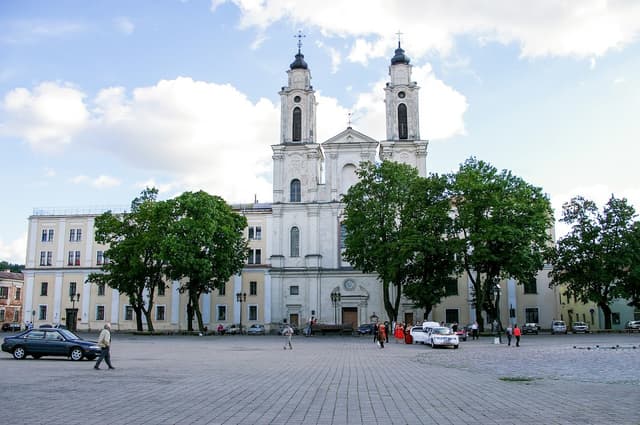
Church of St. Francis Xavier
@pedralexpereira
The Jesuits arrived in Kaunas in 1642 and established their first residence, which included a chapel, in 1643. The construction of the Church of St. Francis Xavier began in 1666 and was completed in 1720, with the church being consecrated in 1722. During the Tsarist Russian government's rule in 1824, the church was transferred to the Orthodox Church for their use. Thankfully, it was reassigned back to the Jesuits in 1924. Following the occupation of Lithuania by the Soviet Union, the church underwent a significant transformation. It was repurposed as a technical school, and the interior of the church was adapted for use as a sports hall. It wasn't until 1989 that the church was returned to the Jesuits once again.
The Church of St. Francis Xavier is a fine example of late Baroque architecture. The church features a facade with profiled cornices, stepped frieze strips, and three vertical tiers divided by double-edged pilasters. The most striking feature of the church is the twin bell towers flanking the main facade. These towers are crowned with elegant domes and cross finials, adding to the church's impressive silhouette.

Details
Church of Most Holy Trinity
@pedralexpereira
Kauno Švč. Trejybės bažnyčia (Holy Trinity Church) is a Roman Catholic church in Kaunas, Lithuania. It is a late Renaissance building with Gothic features. The church was built between 1624 and 1634 and was originally part of a Bernardine monastery. The monastery was closed by the Tsarist authorities in 1864, and the church was used as a parish church. In 1922, the church was transferred to the Kaunas Theological Seminary.
The church is a hall church with three naves. The interior is decorated with Baroque frescoes and sculptures. The main altar is a Baroque work by Peter Koch. The church also has a number of stained glass windows.

Details
Church of Vytautas the Great
@pedralexpereira
Founded by Grand Duke Vytautas the Great in the early 15th century, the church boasts a rich history.
Originally built for Franciscan monks, it served as a significant religious center for centuries. The church has undergone several renovations and reconstructions throughout the years, reflecting different architectural styles.
The Church of Vytautas the Great is considered one of the oldest churches in Kaunas and the only Gothic church in Lithuania with a cross-shaped plan (featuring side chapels).
The brick Gothic exterior with buttresses and pointed arches stands as a testament to the architectural style prevalent during its construction.
While the exact details of the interior design are not readily available, it likely reflects a blend of Gothic and later influences depending on renovations.

Details
Church of St. George the Martyr
@pedralexpereira
Founded in the 15th century by Grand Duke Vytautas the Great, the church holds a remarkable place in Kaunas's history. Initially built for Franciscan friars, it served as a crucial religious center for centuries, witnessing significant events and shaping the city's spiritual landscape. Over the years, the church has undergone renovations and reconstructions, reflecting architectural styles of different eras, adding to its rich heritage.
The Church of St. George the Martyr stands as a testament to Gothic architecture, evident in its brick exterior with buttresses and pointed arches.
While detailed descriptions of the interior design are limited, it likely reflects a blend of Gothic and later influences, showcasing the church's evolving history. The church's overall structure, including its cross-shaped plan with side chapels, makes it unique among Lithuanian Gothic churches.

Details
Evangelical Lutheran Church
@pedralexpereira
The Kaunas Evangelical Lutheran Church, also known as the Church of the Holy Trinity, is a Lutheran church located in the Old Town of Kaunas, Lithuania. It is one of the oldest Lutheran churches in Kaunas, having been built in 1683. The church is a Baroque building with a Gothic spire.
The church was built for the German Lutheran community of Kaunas. The German community was a significant part of Kaunas's population in the 17th and 18th centuries, and they played an important role in the city's economic and cultural life.
The church was closed by the Soviet authorities in 1953, and it was used as a concert hall and lecture hall. The church was returned to the Lutheran community in 1989, and it has been restored to its original condition.

Details
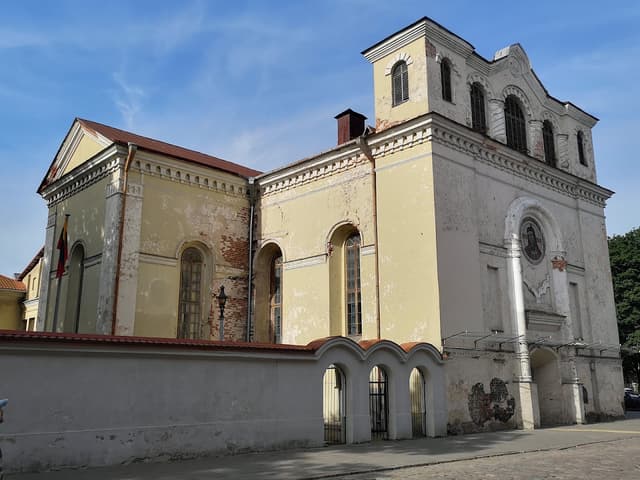
Church of Holy Sacrament
@pedralexpereira
The Church of the Holy Sacrament in Kaunas, Lithuania, more accurately called the Church of the Blessed Sacrament or Corpus Christi Church (Lithuanian: Kauno Švč. Sakramento bažnyčia or Kauno Dievo kūno bažnyčia), boasts a rich history intertwined with the city's development.
Construction began in 1690, making it one of the older churches in Kaunas. The architectural style leans towards Baroque, characterized by its elaborate ornamentation and dramatic curves. The church was originally built as part of a Dominican monastery complex.
The church's history, however, is not without its twists and turns. In the 19th century, the church and monastery complex underwent a significant change. The complex was transferred from the Dominicans to the Orthodox Church. This resulted in alterations to the church's interior to better suit Orthodox religious practices.
The 20th century brought another shift. After Lithuania regained independence, the church was returned to the Catholic Church. Since then, restoration efforts have been underway to return the church's interior to its original Catholic design.

Details
Benedictine Church of Saint Nicholas
@pedralexpereira
Its origins date back to the 15th century, making it one of the older churches in Kaunas.
Standing out from many Lithuanian churches, the Benedictine Church of Saint Nicholas boasts a striking Gothic architectural style. This style, characterized by pointed arches, ribbed vaults, and stained glass windows, is less common in Lithuania compared to Baroque architecture. The church's design also features an asymmetrical plan, adding to its distinctive character and setting it apart from more symmetrical buildings.
Originally, the church was built as part of a Benedictine monastery complex. The Benedictine nuns who resided there used the church for their religious services. Following the Soviet era, the Benedictine nuns returned to the monastery, and the church remains an active Roman Catholic church today.

Details
Kaunas Hassidic synagogue
@pedralexpereira
The synagogue was built in the late 19th century and served as a place of worship for the city's Hasidic Jewish community. It was known for its beautiful architecture and rich cultural traditions.
During the Nazi occupation of Lithuania in World War II, the synagogue was one of many Jewish houses of worship that were destroyed. The Nazis used the synagogue as a warehouse, and it was eventually burned down in 1944.
Despite its destruction, the Kauno chasidų sinagoga remains an important symbol of Kaunas' Jewish heritage. The site is now a memorial park, and there are plans to rebuild the synagogue in the future.

Details
Church of St. Gertrude
@pedralexpereira
The church's origins trace back to the 15th century when it was initially constructed as a wooden chapel. In 1662, the Marijonai (Marian Fathers) acquired the church and initiated renovations, transforming it into a brick structure in the Gothic style.
The church has witnessed pivotal moments in Lithuanian history. During the interwar period (1918-1940), it served as a place of worship for the country's presidents. The Soviet era brought challenges for the church, as it was closed down and used for various purposes. However, following Lithuania's independence in 1990, the church underwent extensive restoration and was re-consecrated in 1995.

Details
Choral Synagogue
@pedralexpereira
The synagogue's construction began in 1871 and was completed in 1872. It was built as a personal project by Levins Minkovskis, a wealthy Jewish merchant. Before World War II, Kaunas was home to a vibrant Jewish community, with over 25 synagogues and prayer houses. The Choral Synagogue served as a central hub for religious gatherings and community events.
The Choral Synagogue was one of the few Jewish houses of worship in Kaunas to survive the Holocaust. During the Nazi occupation, it was used as a storehouse and a stable. Following Lithuania's independence in 1990, the Choral Synagogue underwent extensive renovations and was re-consecrated in 1996. Since then, it has served as an active Jewish congregation and a cultural center.

Details
Church of St. Michael the Archangel, Kaunas
@pedralexpereira
Built between 1891 and 1895, the church was originally intended as an Orthodox cathedral for the Russian military garrison stationed in Kaunas during the time it was part of the Russian Empire.
The church's design reflects this history, showcasing a neo-Byzantine architectural style with its characteristic five domes and triple Corinthian columns.
Interestingly, it was designed to be the largest military church of its kind, boasting 266 large and small columns and pilasters, and able to accommodate up to 2,000 worshippers.
Following Lithuania's declaration of independence in 1918, the church underwent a significant transformation. It was converted into a Roman Catholic church and dedicated to St. Michael the Archangel, the patron saint of soldiers.
This shift symbolized the Lithuanian people's reclamation of their land and religious freedom.

Details
Carmelite Church of St. Cross
@pedralexpereira
Built between 1685 and 1720 under the patronage of Kazimieras Žodkevičius, the Carmelite Church of the Holy Cross stands as a prime example of Baroque architecture in Kaunas. Its facade is adorned with intricate details, sculptures, and a prominent cross, reflecting the Baroque style's emphasis on drama and movement.
The church's history is intertwined with the arrival of the Barefoot Carmelites, a mendicant order, in Kaunas during the 17th century.
Initially, the Carmelites established a small chapel before constructing the present-day church, which became a focal point for the Catholic community.

Details
Kaunas Mosque
@pedralexpereira
The mosque's story is deeply intertwined with the history of Kaunas' Tatar community, which has thrived in the city since the 14th century. A previous wooden mosque existed near the Nemunas River in the 16th to 19th centuries, but it was tragically destroyed during the Napoleonic Wars in 1812. In 1906, another wooden mosque was built by Alexander Ilyasevich within the Old Kaunas Cemetery. Finally, construction began on the current brick mosque in 1931, culminating in its completion in 1933.

Details
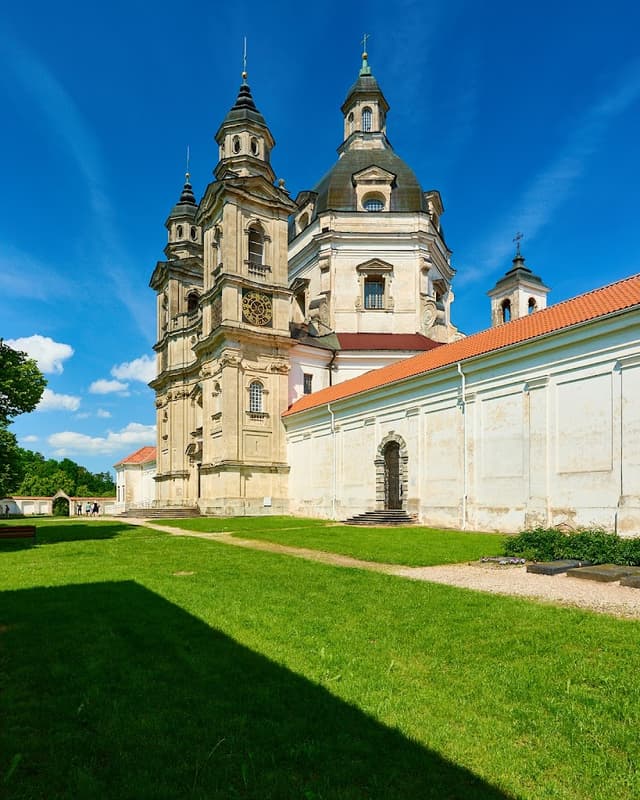
Pažaislis Monastery and Church
@pedralexpereira
Pažaislis Monastery and the Church of the Visitation, also known as the Pažaislis Abbey, is a breathtaking Baroque monastery complex located in the heart of Lithuania, near the city of Kaunas. It is widely regarded as one of the most significant architectural gems in the country and a UNESCO World Heritage Site.
Pažaislis Monastery was founded in 1662 by the Chancellor of the Grand Duchy of Lithuania, Kristupas Pacas, and his wife, Ona Myślewska. The construction, overseen by Michał Jan Pac, was completed in 1690. The monastery's church, decorated with highly polished marble, is a masterpiece of Baroque architecture. The intricate details, the skillful use of light and shadow, and the harmonious blend of sculpture and painting create an atmosphere of awe-inspiring grandeur.
The exceptional beauty and historical significance of Pažaislis Monastery earned it a place on the UNESCO World Heritage List in 1998. The monastery's inclusion on this prestigious list recognizes its outstanding universal value as a testament to the cultural and artistic achievements of the Baroque era in Lithuania.

Details
Museums and cultural venues
Museum of the History of Lithuanian Medicine and Pharmacy
@pedralexpereira
The Museum of the History of Lithuanian Medicine and Pharmacy is located in a restored 16th-century building at the Town Hall Square in the Old Town of Kaunas, Lithuania. It was established in 1936 and moved to its current location in 1987. The museum's permanent collection consists of the belongings of Lithuanian doctors, pharmacists and hospitals, along with medical and pharmaceutical implements and documents.
The exhibition depicts the interior of a late 19th-century Lithuanian city pharmacy. The structure of the pharmacy is presented in detail, including the oficina (prescription room), cocteria (preparation room), medicinal materials stock room, laboratory, basement, and doctors' offices.

Details
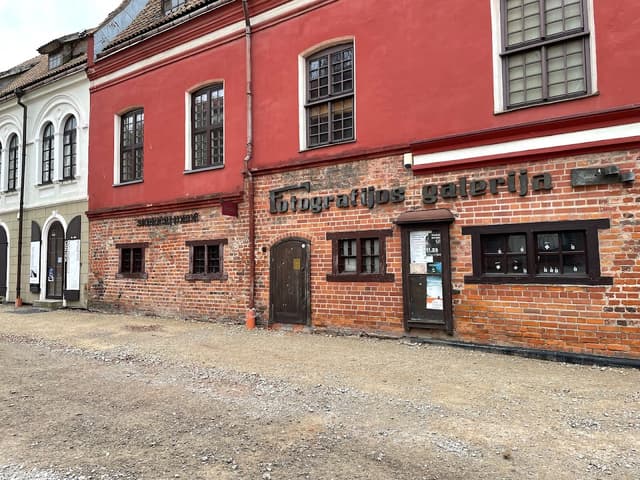
Kaunas Photography Gallery
@pedralexpereira
Established in 1979 by the Lithuanian Photographic Artists' Union, the gallery has played a pivotal role in shaping the Lithuanian photography scene and fostering international recognition for Lithuanian photographers.
he gallery hosts a diverse range of exhibitions, featuring works by both established and emerging Lithuanian and international photographers. These exhibitions explore various themes, techniques, and historical periods, providing visitors with a comprehensive overview of photography's rich artistic expression.
The gallery maintains an extensive collection of Lithuanian photography, spanning from the 19th century to the present day. This collection serves as a valuable resource for researchers, scholars, and art enthusiasts alike. The gallery organizes a variety of events and educational programs, including workshops, lectures, artist talks, and film screenings. These programs aim to engage the public with photography, foster knowledge and appreciation for the art form, and support the development of emerging photographers.

Details
OLDMAN Kaunas
@pedralexpereira
OLDMAN Kaunas is a popular event venue and nightclub located in the heart of Kaunas, Lithuania. It is housed in a former footwear factory and has a unique and industrial atmosphere. The venue hosts a variety of events, including concerts, club nights, parties, and exhibitions.

Details
Maironis Museum of Lithuanian Literature
@pedralexpereira
Established in 1936, the museum is housed in the former residence of the famous Lithuanian poet Jonas Mačiulis-Maironis (1862-1932).
Maironis is a revered figure in Lithuanian literature, and the museum serves as a tribute to his life and work, while also celebrating the broader history of Lithuanian literature.
The museum's main exhibit is dedicated to Maironis, showcasing his personal belongings, manuscripts, and furniture from his living quarters.
Beyond Maironis, the museum houses a vast collection of Lithuanian literary artifacts, including manuscripts, first editions of books, portraits of famous authors, and exhibits dedicated to different periods and movements in Lithuanian literature.

Details
Kauno Arkivyskupijos Konferencijų Salė
@pedralexpereira
This conference hall is primarily used to host gatherings, conferences, seminars, workshops, and other events organized by the Kaunas Archdiocese.
These events could be related to religious education, discussions on faith, meetings for clergy or church staff, or gatherings for Catholic organizations.

Details
Lithuanian House of Basketball
@pedralexpereira
More than just a museum, the Lithuanian House of Basketball is an interactive and engaging experience dedicated to the rich history and enduring passion for basketball in Lithuania. Lithuanians are known for their national obsession with basketball, and this center captures that spirit.
The museum showcases the achievements of legendary Lithuanian basketball players and coaches, like Arvydas Sabonis and Sarunas Marciulionis. Visitors can explore interactive exhibits that allow them to test their basketball skills, learn about the evolution of the game in Lithuania, and witness historical artifacts like jerseys and game memorabilia.
Completed in 2020, the House of Basketball boasts a striking and contemporary architectural design.
The building itself is a symbol of Lithuania's dedication to the sport, resembling a dynamic and modern basketball court.

Details
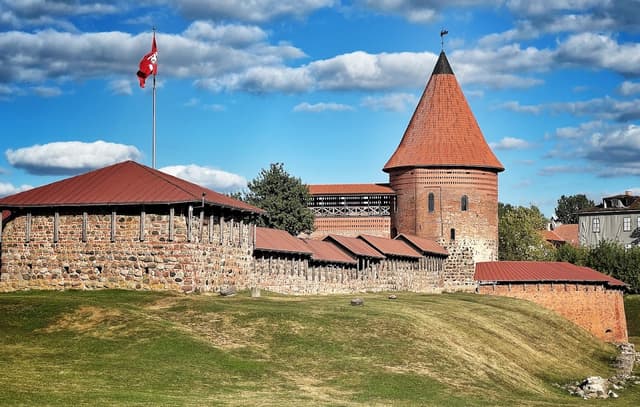
Kaunas Castle
@pedralexpereira
Kaunas Castle, a medieval sentinel in Lithuania's second-largest city, Kaunas, boasts a rich history dating back to the mid-14th century. Archaeological evidence suggests the castle was built in the Gothic style on a strategic location - a rise overlooking the confluence of the Nemunas and Neris Rivers. This strategic placement made Kaunas Castle one of the first stone castles built in Lithuania, and uniquely, the only one featuring two rows of defensive walls.
The castle's history is a testament to its defensive role. In 1362, it faced its first major test when the Teutonic Order attacked. After a month-long siege, the castle fell and was destroyed. However, by the late 14th century, the castle was rebuilt and once again stood guard against the Teutonic Knights in fierce battles.
As the 15th century dawned, the city of Kaunas began to flourish around the castle. Despite its defensive purpose, the castle's use evolved over time. In the 16th century, it served as a prison, and by the early 17th century, it housed courts and an archive. A flood from the Neris River in 1611 caused some damage to the castle. The 17th century also saw the castle used by the Swedish military during their war with the Polish-Lithuanian Commonwealth. This marked the end of the castle's military significance.
Today, Kaunas Castle stands as a ruin, a fascinating reminder of its tumultuous past. It remains a popular tourist destination, attracting visitors eager to explore its remnants and delve into its captivating history.

Details
The Folk Music Department of the Kaunas City Museum
@pedralexpereira
Kauno miesto muziejaus Tautinės muzikos skyrius(The Folk Music Department of the Kaunas City Museum) is a museum dedicated to the history of Lithuanian folk music. It is located in the Old Town of Kaunas, in a 16th-century building that was originally a school. The museum's collection includes over 10,000 musical instruments, as well as folk costumes, photographs, and other artifacts.
The museum's exhibits are interactive and engaging, and they tell the story of Lithuanian folk music from its origins to the present day. Visitors can learn about the different types of Lithuanian folk instruments, hear recordings of traditional folk songs, and even try playing some of the instruments themselves.

Details
Gemstones (Gemmology) Museum
@pedralexpereira
The museum showcases a collection of precious stones, jewelry, and rare minerals from various locations around the world.
The exhibits aim to introduce visitors to the fascinating world of gems and minerals, delving into their beauty, mystery, and origins deep within the Earth. The museum boasts an impressive collection of over 3700 kinds of minerals, with around 300 of them used in creating beautiful jewelry.

Details
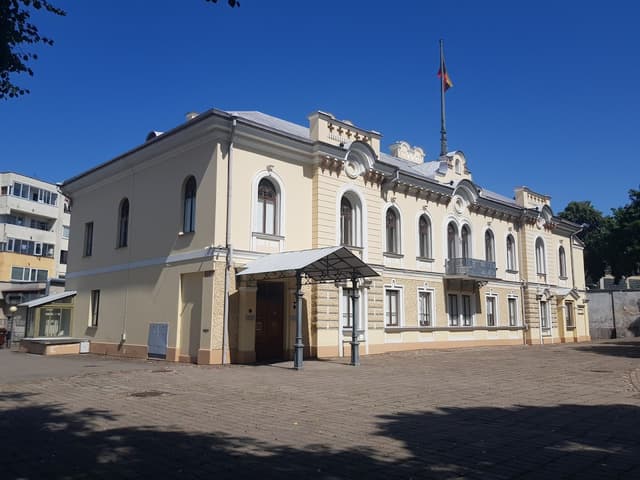
Historical Presidential Palace, Kaunas
@pedralexpereira
In 1866, the building was extensively renovated and became the luxurious palace of the Kaunas governor.
With Lithuania's declaration of independence in 1918, Kaunas became the temporary capital. The palace transitioned into the official residence of the presidents during this period, from 1919 to 1940.
The walls of the palace witnessed pivotal moments in Lithuania's history. It saw joyous events like presidential weddings and celebrations, but also dramatic occurrences like the 1926 military takeover and discussions concerning ultimatums from neighboring countries.
Today, the Historical Presidential Palace functions as a branch of the M. K. Čiurlionis National Art Museum.
The palace houses a permanent exhibition dedicated to the First Republic of Lithuania (1918-1940). This exhibit allows visitors to delve into the nation's history during the interwar period.
The architectural style is Neo-Baroque, featuring a symmetrical design and grand interiors that reflect the opulence of the bygone era.

Details
Kaunas Tadas Ivanauskas Museum of Zoology
@pedralexpereira
Founded in 1919 by Professor Tadas Ivanauskas, a prominent Lithuanian naturalist, the museum carries his name in recognition of his lifelong dedication to studying and preserving Lithuania's wildlife.
The museum's collection boasts over 300,000 zoological objects, including:
Stuffed animals: Representing a vast array of species from around the globe.
Skeletons and dissections: Providing a deeper understanding of animal anatomy.
Hunting trophies: A historical collection showcasing past hunting practices.
Insect collections: Offering a glimpse into the world of invertebrates.

Details
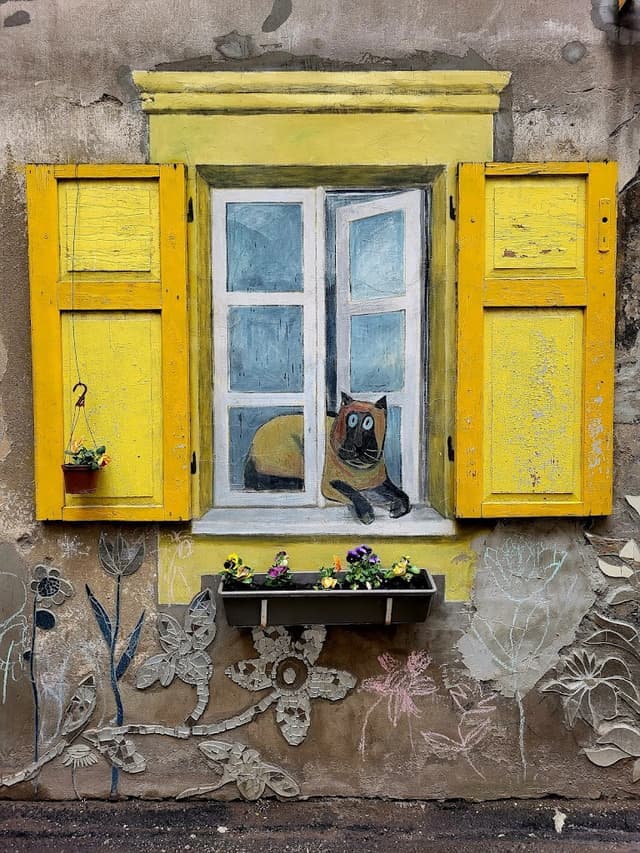
Yard Gallery
@pedralexpereira
Kiemo galerija, also known as the Courtyard Gallery, is a unique art gallery nestled within a residential courtyard in Kaunas, Lithuania. Established by artist Vytenis Jakas, the gallery deviates from the traditional museum setting, embracing a more intimate and site-specific approach to showcasing art.
The gallery's story begins with the artist's observation of his surroundings. Noticing the disconnect between residents of the courtyard, Jakas embarked on a project to bridge the gap. He transformed the courtyard walls into a canvas, displaying photos of Jewish families who once inhabited the area during the interwar period. These historical narratives not only sparked conversations among neighbors but also served as a poignant reminder of the neighborhood's past.
Kiemo galerija's collection extends beyond its initial focus on Jewish history. The courtyard walls now feature a variety of art forms, from installations and sculptures to murals and photographs. The ever-evolving exhibits often explore themes of social issues, local history, and human connection.
The unconventional location adds to the charm of Kiemo galerija. Visitors navigate through the courtyard, encountering art nestled between buildings and greenery. This immersive experience fosters a sense of discovery and encourages interaction with the pieces in a more personal way.

Details
Kaunas State Philharmonic Society
@pedralexpereira
Housed within the former Palace of Justice and Parliament building, the Philharmonic Society boasts a prestigious location in Kaunas' city center.
Established in 2006, it evolved from a department of the Lithuanian National Philharmonic Society, becoming an independent concert institution. The building itself is a historical landmark, featuring grand architecture that provides a beautiful backdrop for artistic performances.

Details
Kaunas State Musical Theater
@pedralexpereira
Founded in 1940, the theater carries the torch of Kaunas' longstanding love for theatrical productions. It boasts a versatile troupe of performers, including a full symphony orchestra, a rhythmic band, a dedicated ballet troupe, a talented choir, and over 30 solo singers. This diverse group brings a wide range of musical genres to life on the theater's stage.
Unlike some theaters that constantly change their shows, the Kaunas State Musical Theater operates as a "repertoire theater." This means they curate a selection of high-quality performances throughout their artistic season, typically running from October to May. This approach allows them to refine their productions and offer audiences a diverse range of established and well-rehearsed shows.

Details
National Kaunas Drama Theater
@pedralexpereira
Founded in 1920, it holds the distinction of being the oldest professional theater troupe in Lithuania.
The theater has played a significant role in shaping Lithuanian theater and continues to be a leading force in the country's dramatic arts scene.
The theater boasts a diverse repertoire featuring plays from various genres and eras. From classic Lithuanian and international plays to contemporary works, the theater offers something for everyone.
Productions cater to audiences of all ages, with some specifically targeted towards children and families.

Details

Vytautas the Great War Museum
@pedralexpereira
he Vytautas the Great War Museum, nestled in the heart of Kaunas, Lithuania, is a treasure trove for military history buffs. Established in 1919, shortly after Lithuania regained independence, the museum initially focused on artifacts related to World War I. Over time, its collections have grown significantly to encompass various aspects of Lithuanian military history, from the medieval era to the present day.
Stepping into the Vytautas the Great War Museum is like embarking on a chronological journey through warfare. Exhibits showcase weaponry and military equipment used by Lithuanian forces throughout history. Visitors can see everything from swords and armor used by medieval knights to rifles and artillery employed in more recent conflicts.
The museum doesn't shy away from portraying the darker aspects of war. Exhibits delve into the struggles Lithuanians faced during foreign occupations and oppressive regimes. Visitors can learn about the resistance movements that fought for independence and the sacrifices made by Lithuanian soldiers in various wars.
Beyond weaponry, the museum houses an array of uniforms, maps, photographs, and personal belongings of Lithuanian soldiers. These objects provide a more personal touch to the exhibits, allowing visitors to connect with the human stories behind the historical events. The museum also features outdoor exhibits showcasing tanks, armored vehicles, and military aircraft used by Lithuanian forces. These impressive displays offer a close-up look at the power and machinery of modern warfare.
The Vytautas the Great War Museum is more than just a collection of artifacts. It serves as a place of remembrance for those who fought for Lithuania's freedom and a platform for education, fostering a deeper understanding of the nation's complex military past. The museum regularly hosts temporary exhibitions, lectures, and educational programs, making it a valuable resource for anyone interested in Lithuanian history.

Details
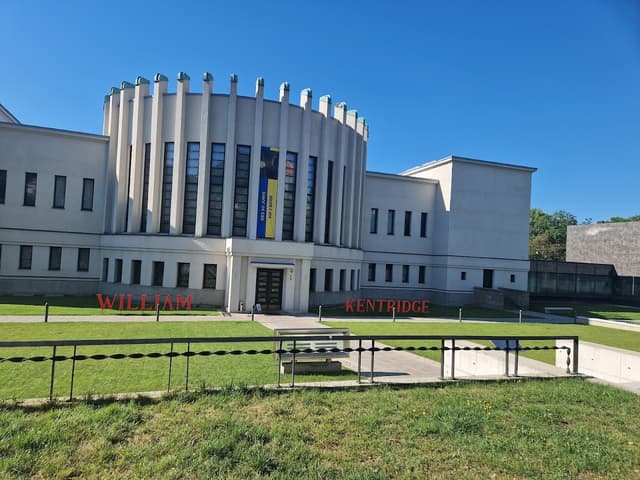
M.K. Čiurlionis Museum of Art
@pedralexpereira
The M.K. Čiurlionis Museum of Art isn't your typical museum confined to a single building. In Kaunas, Lithuania, it encompasses a network of museums dedicated to showcasing the life and works of M.K. Čiurlionis, a prominent Lithuanian artist and composer. Established in 1921, the museum's sole purpose from the very beginning has been to preserve and exhibit Čiurlionis' legacy. He is widely recognized as one of Lithuania's most important cultural figures, lauded for his innovative paintings, musical compositions, and significant contributions to shaping Lithuanian national identity.
This unique network of museums allows visitors to embark on a comprehensive exploration of Čiurlionis' multifaceted artistry and the lasting influence he had on Lithuanian art. The main branch, situated at Vytauto Putvinskio gatvė 55, serves as the heart of the network. Here, art enthusiasts can delve into Čiurlionis' paintings, sketches, and various graphic works.
Another branch, located at Nepriklausomybės Square 12, sheds light on Čiurlionis' musical genius. This branch showcases his musical manuscripts, instruments, and personal belongings, offering a window into his life as a composer. The remaining branches extend the artistic exploration beyond Čiurlionis himself. They feature exhibitions of Lithuanian and international art, often with themes or styles that connect to Čiurlionis' work, providing a broader artistic context for appreciating his unique style.
While Čiurlionis remains the central focus, the museum network doesn't limit itself solely to his works. It offers visitors the opportunity to appreciate the artistic landscape that surrounded Čiurlionis. This broader perspective allows for a deeper understanding of his artistic influences and how his work intertwined with the artistic movements of his time.

Details
Romuva
@pedralexpereira
Romuva Cinema, established in 1940, boasts a rich history as Kaunas' and Lithuania's longest-running movie theater.
The building itself was designed by architect Nikolajus Mačiulskis and reflects modernist features with Art Deco details. During the interwar period, it was hailed as the most modern cinema in the Baltics. Throughout its years of operation, Romuva Cinema has served as a cultural hub, nurturing a tradition of showcasing high-quality arthouse films.

Details
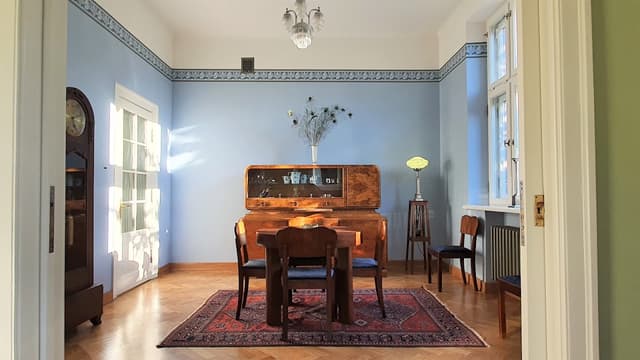
Art Deco museum
@pedralexpereira
Founded by art enthusiasts and collectors, the Art Deco Museum offers a unique perspective on Lithuanian history through the lens of art, design, and everyday life. The museum's collection features original Lithuanian Art Deco furniture, paintings, graphic arts, and a wealth of other period details that come together to recreate the atmosphere of a bygone era.
The meticulously restored apartment features the kind of luxurious touches one might have found in a Kaunas home during the Art Deco period. Parquet floors, ornate moldings, and original built-ins provide a backdrop for the curated collection of furniture, art, and decorative objects.
Visitors can explore the various rooms of the apartment, each one offering a glimpse into a different aspect of Art Deco life. The grand living room features a plush sofa set, a gramophone, and a collection of Art Deco sculptures. The dining room boasts a formal table setting with period tableware, while the cozy bedroom showcases the kinds of furnishings one might have found in a private residence.

Details
Kaunas Picture Gallery (Subdivision of M. K. Čiurlionis Art Museum)
@pedralexpereira
Established in 1979, the Kaunas Picture Gallery houses a significant collection of Lithuanian art, encompassing works from the 16th century to the present day.
A major focus of the gallery lies in showcasing pieces donated by the prominent Lithuanian collector Mykolas Žilinskas, whose artistic vision significantly shaped the gallery's collection.
While the M. K. Čiurlionis National Art Museum celebrates the works of Čiurlionis, the Kaunas Picture Gallery offers a broader perspective on Lithuanian art.
Visitors can explore various artistic movements and styles that have shaped Lithuanian artistic identity over centuries.
The gallery frequently hosts temporary exhibitions featuring works by renowned Lithuanian and international artists, providing a diverse and enriching experience.

Details
Žalgirio arena
@pedralexpereira
Žalgiris Arena is a multipurpose indoor arena in Kaunas, Lithuania. It is the largest arena in the Baltic states and has a seating capacity of 15,000 for basketball games and 20,000 for concerts. The arena is home to the BC Žalgiris Kaunas basketball team and hosts a variety of other events, including concerts, ice shows, and exhibitions.
It was designed by Japanese architect Tadao Ando and opened in 2011. The arena's facade is made of high-end and highly transparent glass, which gives it a unique and modern look. The arena has a 262-meter-long LED screen that is mounted all around the main hall. This is one of the largest LED screens in Northern Europe. Žalgiris Arena has been voted as the EuroLeague's best venue by managers of the clubs.

Details
KGB Atomic Bunker Museum
@pedralexpereira
The KGB Atomic Bunker Museum showcases a vast collection of artifacts used by the KGB and other intelligence agencies during the Cold War. See an array of fascinating items like gas masks, communication devices, surveillance equipment, and even weapons. These exhibits shed light on the methods employed by the KGB to gather information, conduct operations, and prepare for a potential nuclear conflict.

Details
Raudondvaris
@pedralexpereira
This Gothic-Renaissance architectural masterpiece was first mentioned in 1392 as a pagan keep by Teutonic chroniclers. Over the centuries, the castle has undergone various transformations and been owned by prominent Lithuanian families, including the Tyszkiewicz family, one of the richest and most powerful families in the Lithuanian Kingdom.
The Tyszkiewicz family was not only prominent but also passionate about art and culture. They amassed an extensive art collection that once included paintings by Leonardo da Vinci, Rubens, Caravaggio, and Jan Matejko. Although the collection is no longer housed within the castle walls, visitors can still delve into the artistic heritage of Raudondvaris through the museum exhibits and historical accounts.

Details
Parks and green spaces
Nemunas and Neris Confluence Park
@pedralexpereira
The Nemunas and Neris Confluence Park, also known as Santaka Park, offers a peaceful escape within the bustling city of Kaunas, Lithuania. Nestled at the meeting point of the Nemunas and Neris rivers, this park boasts scenic beauty and historical significance.
The park's central attraction is undoubtedly the confluence itself. Witnessing the mighty Nemunas, Lithuania's longest river, merge with its major tributary, the Neris, creates a captivating spectacle. This ecological hotspot fosters a diverse ecosystem, attracting nature lovers and those seeking a tranquil escape.
Beyond the natural beauty, Santaka Park holds historical significance. Considered the birthplace of Kaunas, the park's land has been a gathering place for centuries. Legends claim that Duke Kūnas, son of Duke Palemonas, built a castle here, laying the foundation for the city.

Details
Park of the Musical Theater
@pedralexpereira
Muzikinio teatro parkas is a small park located in the heart of Kaunas, Lithuania, right next to the Kaunas State Musical Theater. It's a great place to relax and enjoy the outdoors, with plenty of benches, trees, and a fountain. The park is also home to a children's playground, making it a popular spot for families.

Details
Kaunas and Japan Friendship Park
@pedralexpereira
The Japan Sakura Association approached Kaunas city officials with a proposal to donate a park dedicated to the friendship between the two countries.
The concept revolves around planting Sakura trees, also known as cherry blossoms, which are iconic symbols of Japan. The annual blossoming of the trees would be a highlight of the park and a time for communities to gather and celebrate.The aim of the Kaunas and Japan Friendship Park is to foster a lasting connection between the two cultures. The park would serve as a place for people to come together, enjoy the beauty of nature, and learn more about Japanese culture.

Details
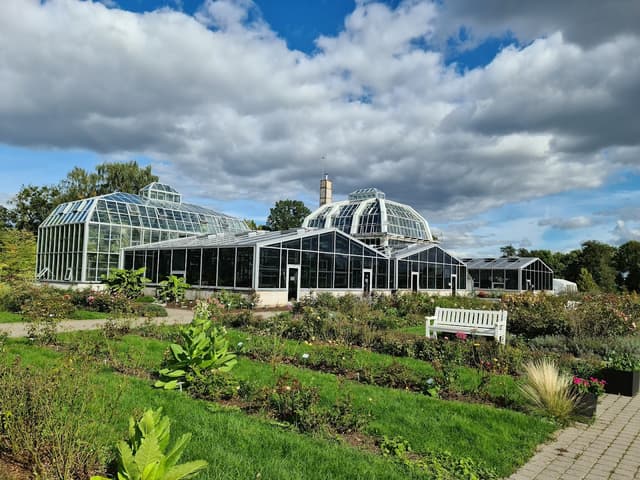
VDU Botanical garden
@pedralexpereira
The Vytautas Magnus University Botanical Garden, also known as the Kaunas Botanical Garden, is a haven for nature lovers and botanical enthusiasts in the heart of Kaunas, Lithuania. This 62.5-hectare urban oasis boasts a diverse collection of plants, serene walking paths, and historical significance, making it a must-visit destination.
Step into the VDU Botanical Garden and be greeted by a vibrant tapestry of flora. The garden features over 6,000 plant species from across the globe, meticulously categorized and displayed. Whether you're interested in medicinal herbs, ornamental flowers, majestic trees, or a glimpse into Lithuania's native flora, the garden has something to offer everyone.
The VDU Botanical Garden is thoughtfully divided into thematic sections, allowing visitors to embark on a journey through different plant kingdoms. Explore the Rose Garden, a fragrant haven bursting with colorful blooms, or delve into the Dendrology section, where towering trees provide a sense of awe-inspiring grandeur. The Medicinal and Spice Plants section offers insights into the botanical world's healing and culinary wonders, while the greenhouses transport you to tropical and subtropical climates, showcasing exotic plant life.

Details
Ramybės Park (Old Cemetery)
@pedralexpereira
Prior to its transformation, Ramybės Park served as the city's main cemetery for over a century. More than 100,000 citizens, along with thousands of Russian, German, and Lithuanian soldiers who fell during the World Wars, were laid to rest here.
In 1959, the cemetery underwent a significant change. The headstones were removed, and the land was redesigned into a public park. Asphalt paths replaced the old walkways, children's playgrounds were built, and benches were scattered throughout for relaxation. The park officially received its current name, Ramybės Park, in 1988, reflecting its newfound purpose as a haven for peace and leisure.

Details
Oak-Wood Park
@pedralexpereira
Encompassing over 84 hectares, Oak-Wood Park reigns supreme as the largest urban stand of mature oaks in all of Europe. Imagine strolling beneath a vast canopy of these majestic trees, their ancient presence offering a sense of peace and tranquility amidst the city's bustle. Walking paths meander through the park, inviting visitors to explore its diverse landscapes and discover hidden corners.
Encompassing over 84 hectares, Oak-Wood Park reigns supreme as the largest urban stand of mature oaks in all of Europe. Imagine strolling beneath a vast canopy of these majestic trees, their ancient presence offering a sense of peace and tranquility amidst the city's bustle. Walking paths meander through the park, inviting visitors to explore its diverse landscapes and discover hidden corners.

Details
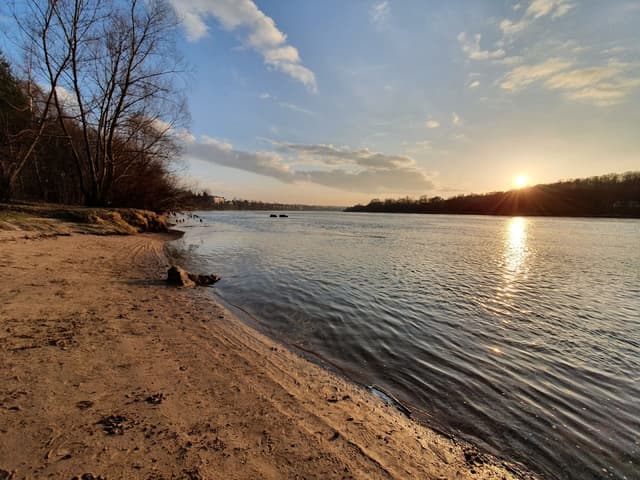
Panemunė pinewood
@pedralexpereira
Surrounded by the gentle curve of the Nemunas River, Panemune Pinewood boasts a captivating landscape. Towering pine trees create a calming canopy overhead, while pockets of sunlight dapple the forest floor. The fresh air, infused with the scent of pines, offers a welcome change from city fumes.
Panemunė Pinewood boasts a history as a resort area dating back to the 1930s. During that era, the pinewood was a popular destination for sanatoriums and leisure activities. While the sanatoriums are no longer present, the pinewood retains a touch of that bygone era, offering a nostalgic charm for visitors.
Panemunė Pinewood transforms beautifully throughout the year. In the summer months, the lush greenery and vibrant atmosphere provide a refreshing escape from the heat. Autumn paints the leaves in fiery hues, creating a magical scene. Winter transforms the pinewood into a wonderland, with snow-dusted trees and a crisp, clean atmosphere ideal for cross-country skiing on designated trails.

Details
Coffee and sweets

Details

Details

Details

Details

Details

Details

Details

Details

Details
Restaurants

Details

Details

Details

Details
Drinks

Details

Details

Details

Details
Trakai
Trakai is a captivating town boasting a rich history and stunning natural beauty, situated just 28 kilometers west of Vilnius, Lithuania's capital city. This charming town is famed for its majestic island castle, enchanting lakes, and unique cultural heritage, making it a popular destination for both local and international travelers.
Undoubtedly, the crown jewel of Trakai is the magnificent Trakai Island Castle, a captivating sight that seems to emerge from the very heart of Lake Galvė. This imposing 14th-century castle, built on an island, was a crucial defensive outpost of the Grand Duchy of Lithuania. Today, the castle serves as a museum, showcasing exhibits on Trakai's history, weaponry, and everyday life during medieval times. Visitors can explore the castle's towers, courtyards, and chambers, each offering a glimpse into a bygone era.
Trakai Island Castle
@pedralexpereira
This majestic fortress served as a crucial defensive outpost for the Grand Duchy of Lithuania and is now a renowned museum showcasing the country's rich history.
Construction of the stone castle began in the 14th century by Kęstutis, and around 1409 major works were completed by his son Vytautas the Great. Trakai was one of the main centers of the Grand Duchy of Lithuania and the castle held great strategic importance. The castle suffered major devastation during an attack by the Teutonic knights in 1377.
Trakai Island Castle is a masterpiece of Gothic architecture, characterized by its pointed arches, ribbed vaults, and towering defensive structures. The castle consists of three main parts: the Upper Castle, the Lower Castle, and the Forecastle. The Upper Castle, the heart of the fortress, houses the Grand Duke's Palace, which once served as the residence of Lithuanian rulers.

Details
Lake Galvė
@pedralexpereira
Galvė Lake encompasses an area of approximately 361 hectares and is the largest of the 21 lakes in the Trakai region. It boasts a maximum depth of 49.5 meters, making it the second deepest lake in Lithuania. The lake's pristine waters are home to a variety of fish species, including pike, perch, bream, and roach, attracting anglers from near and far.
Galvė Lake offers a plethora of recreational opportunities for visitors of all ages. During the warmer months, the lake comes alive with boating, kayaking, fishing, and swimming activities. The lake's calm waters are ideal for leisurely boat rides, while the more adventurous can embark on kayaking expeditions to explore the surrounding islands. Fishing enthusiasts can cast their lines in search of the lake's abundant fish species, while those seeking a refreshing dip can enjoy the lake's clean and refreshing waters.

Details

Užutrakis Manor House
@pedralexpereira
Užutrakio dvaro sodybos rūmai (Užutrakis Manor House) is a stunning architectural gem nestled amidst the picturesque landscape of Užutrakis, Lithuania. Built in the late 19th century, this magnificent residence served as the summer home of the Tiškevičiai family, one of Lithuania's most prominent aristocratic families. Today, the manor house stands as a testament to Lithuania's rich architectural heritage and is open to the public as a museum.
Užutrakio dvaro sodybos rūmai is a masterpiece of Neo-Renaissance architecture, showcasing a harmonious blend of classical and Renaissance elements. The manor house is characterized by its symmetrical façade, adorned with intricate ornamentation, including pilasters, cornices, and pediments. The building's central entrance is further accentuated by a grand portico, supported by elegant columns.
Stepping inside Užutrakio dvaro sodybos rūmai is like stepping back in time to an era of opulence and grandeur. The manor house's interior boasts a wealth of original features, including elaborately carved woodwork, ornate plasterwork, and exquisite marble fireplaces. The spacious rooms, adorned with antique furniture and paintings, provide a glimpse into the lavish lifestyle of the Tiškevičiai family.

Details
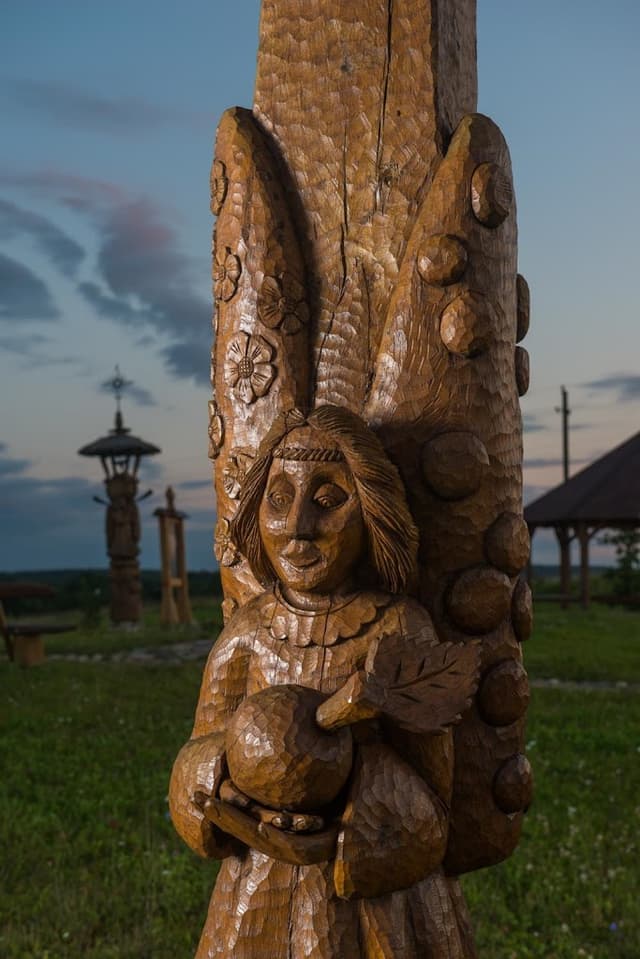
Hill of Angels
@pedralexpereira
Angelų Kalva (Hill of Angels) is a unique and captivating sculpture park located in Romaska, Trakai District, Lithuania. This remarkable site, nestled amidst a serene natural landscape, is home to over 100 wooden sculptures of angels, each representing a different virtue or value.
Angelų Kalva was founded in 2009 as a community project to express gratitude for the Lithuanian millennium and the 600th anniversary of the Trakai Church of the Visitation of the Blessed Virgin Mary. The sculptures, created by Lithuanian folk artists, are carved from oak wood and stand gracefully amidst the trees, each exuding an aura of peace and tranquility.
The angels of Angelų Kalva symbolize hope, faith, and the enduring power of the human spirit. Visitors can wander through the park, admiring the intricate details of each sculpture and contemplating the messages they convey. The serene atmosphere of the park encourages reflection and introspection, making it a popular destination for those seeking solace and spiritual renewal.
Angelų Kalva has transcended its religious roots to become a significant cultural and artistic landmark in Lithuania. The park attracts visitors from all walks of life, drawn to its unique beauty and the profound messages it conveys. The sculptures have become a source of inspiration for artists and photographers, and the park has hosted various cultural events and exhibitions.

Details
Trakai History Museum
@pedralexpereira
Stepping through the museum's doors is like embarking on a journey through time, traversing centuries of Lithuanian history. The museum's extensive collection, encompassing over 150,000 artifacts, showcases the region's evolution from the Stone Age to the present day. From ancient tools and weapons to ornate jewelry and artwork, each exhibit piece whispers tales of the people who lived, fought, and thrived in this land.

Details
Trakai Church of the Visitation of the Blessed Virgin Mary
@pedralexpereira
The church's history stretches back to the late 14th century, with its construction initiated by Grand Duke Vytautas the Great. Initially built in the Gothic style, the church underwent significant renovations during the Baroque period, resulting in the architectural blend we see today. The church's imposing façade, adorned with pointed arches and buttresses, reflects its Gothic roots, while the ornate interior elements like stuccowork and frescoes showcase the Baroque influence.

Details
Coffee and sweets

Details

Details
Restaurants

Details

Details

Details
* * *

